
Making “Persephone”
On stage & studio.
French Polishing.


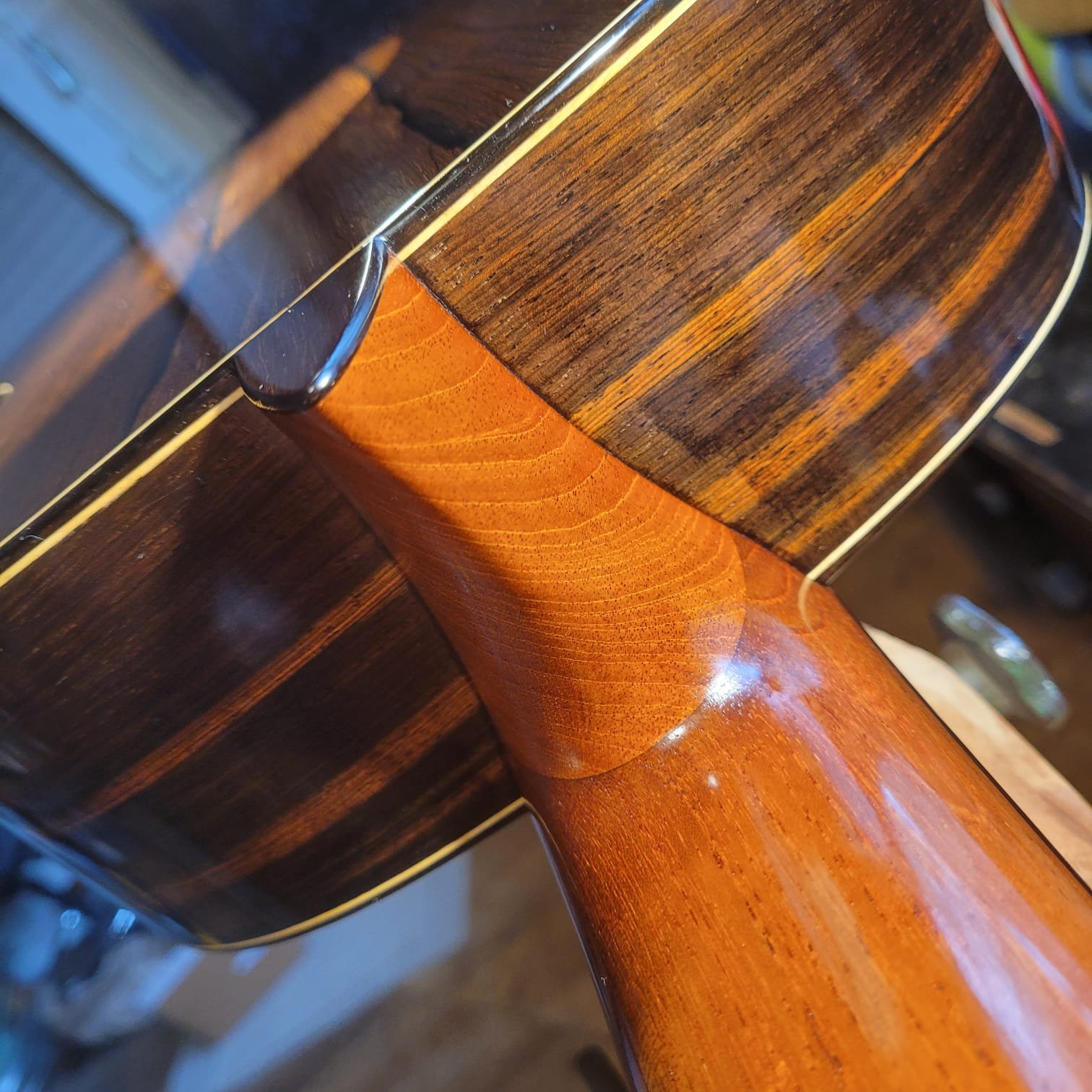

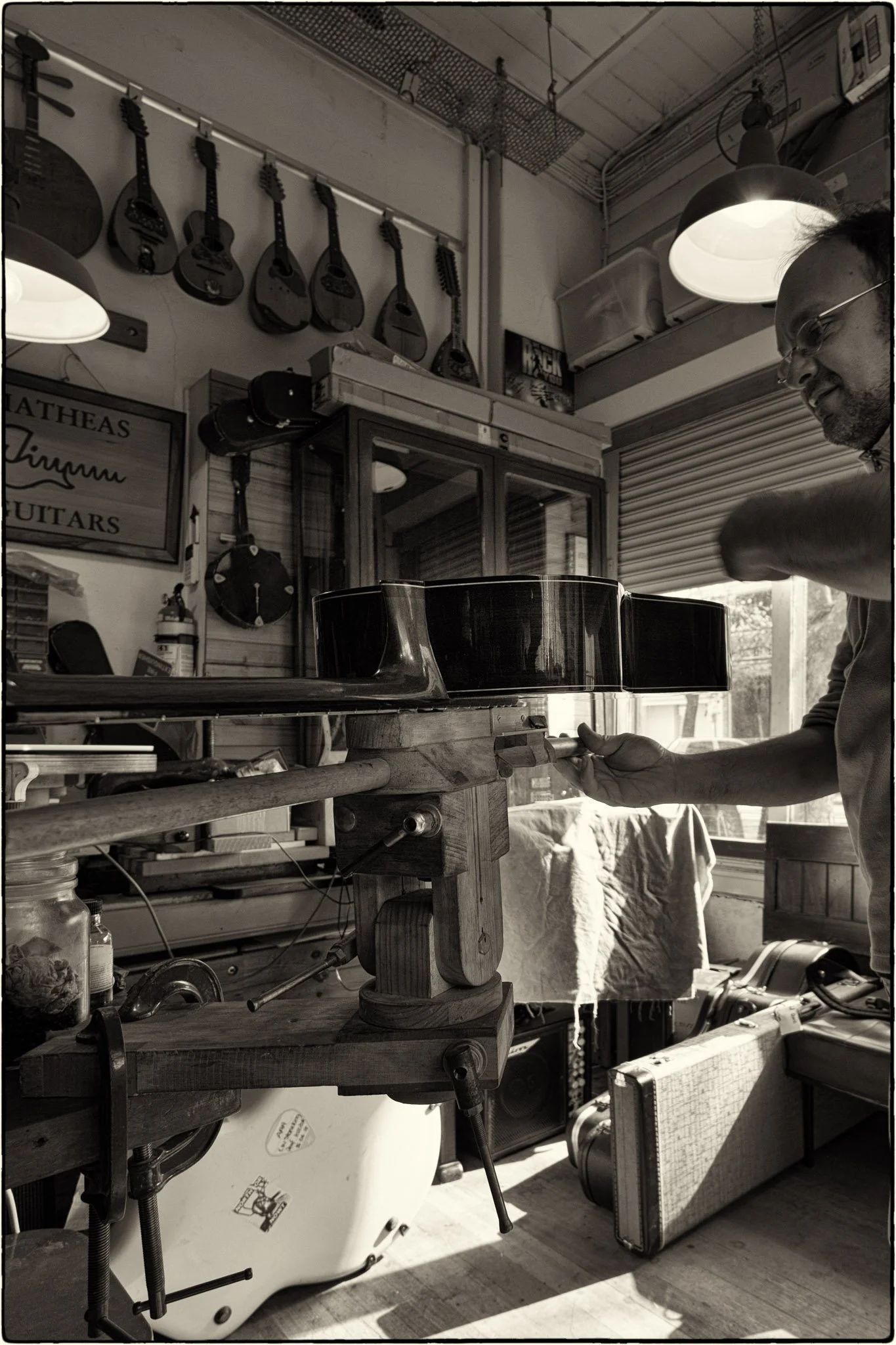





Pre finish testing.
To know how an instrument will sound I test my instruments under tension to ensure the precise neck angle prior to fretting and finishing.
The second stage allows me to fin
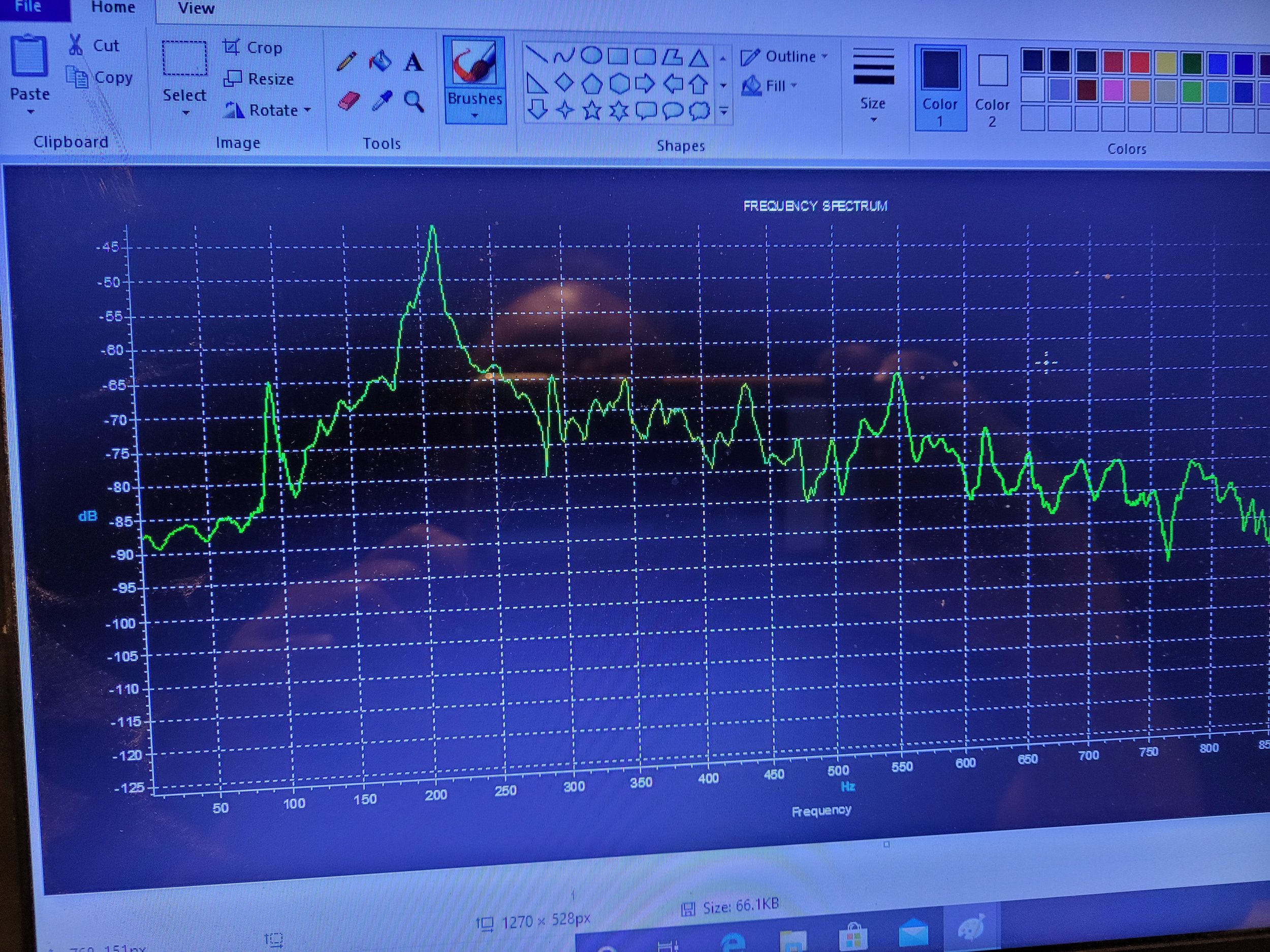


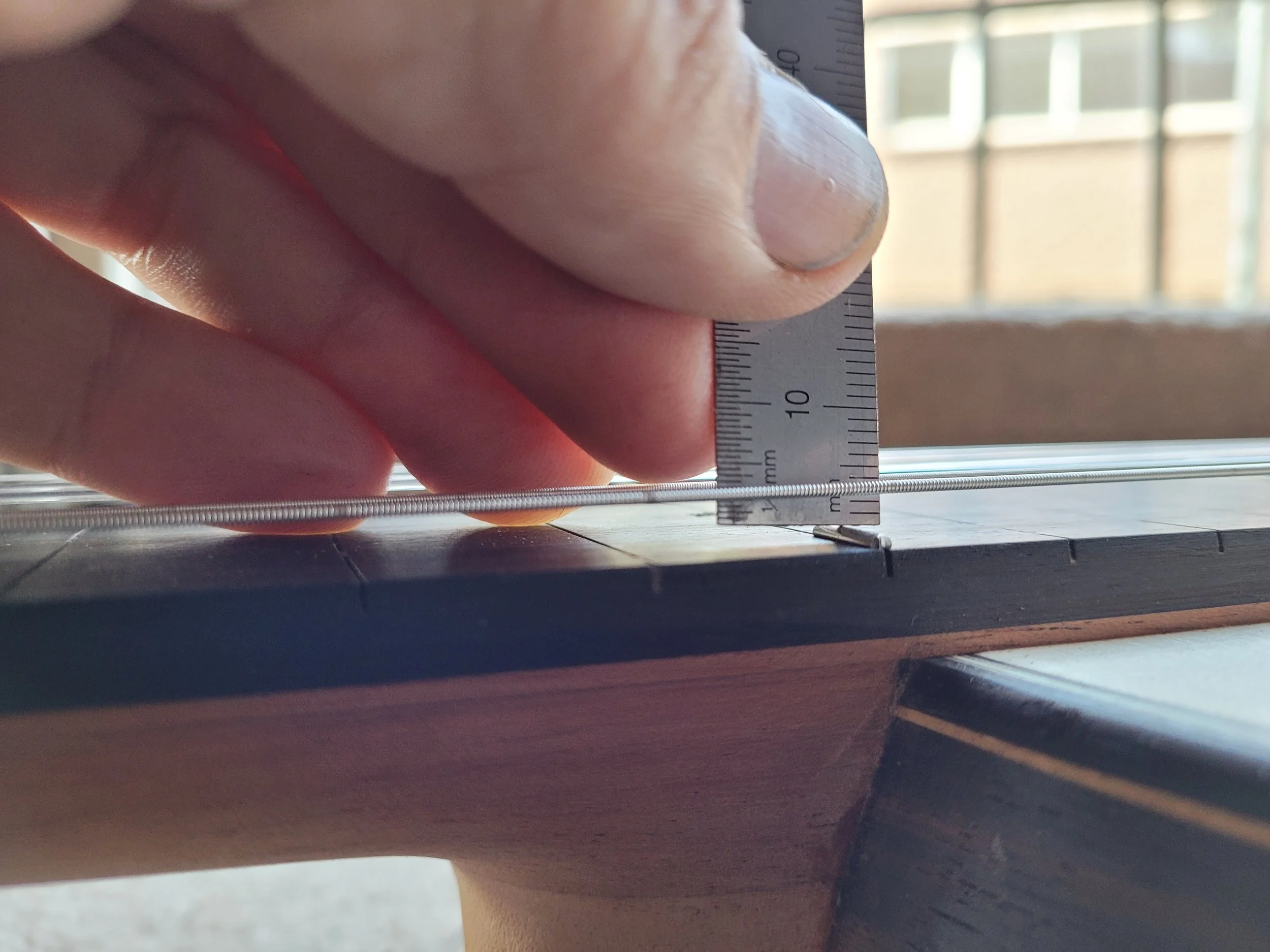

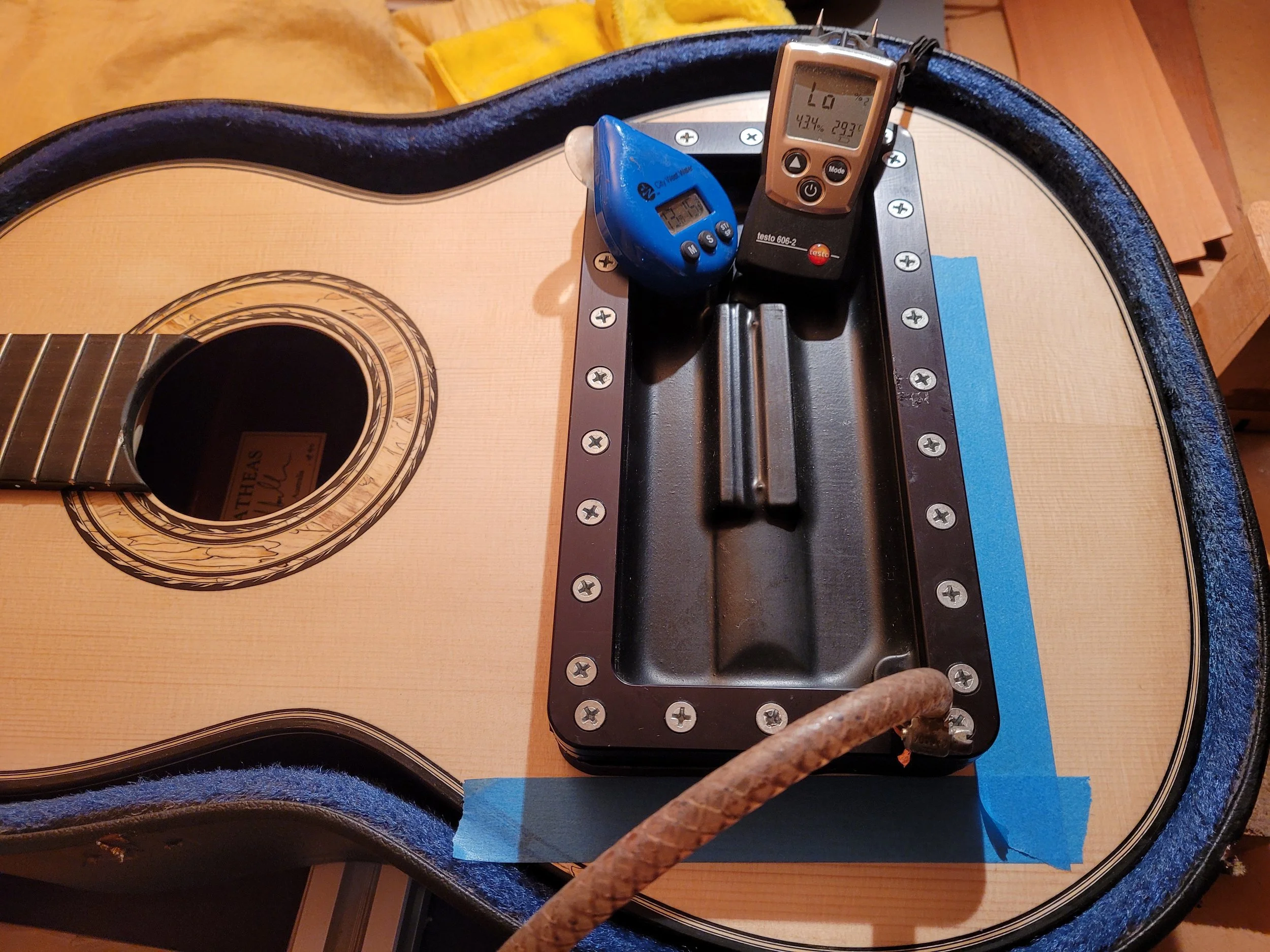




Fitting the neck
The neck material is stiff, light & resonant.
I usually use recycled Australian red cedar or Mahogany with precise tight fitting joined with hot hide glue.
Machine heads are precise fitting and using ball bearings for smooth fine tuning.
Scheller made in Germany &
Alessi made in Italy
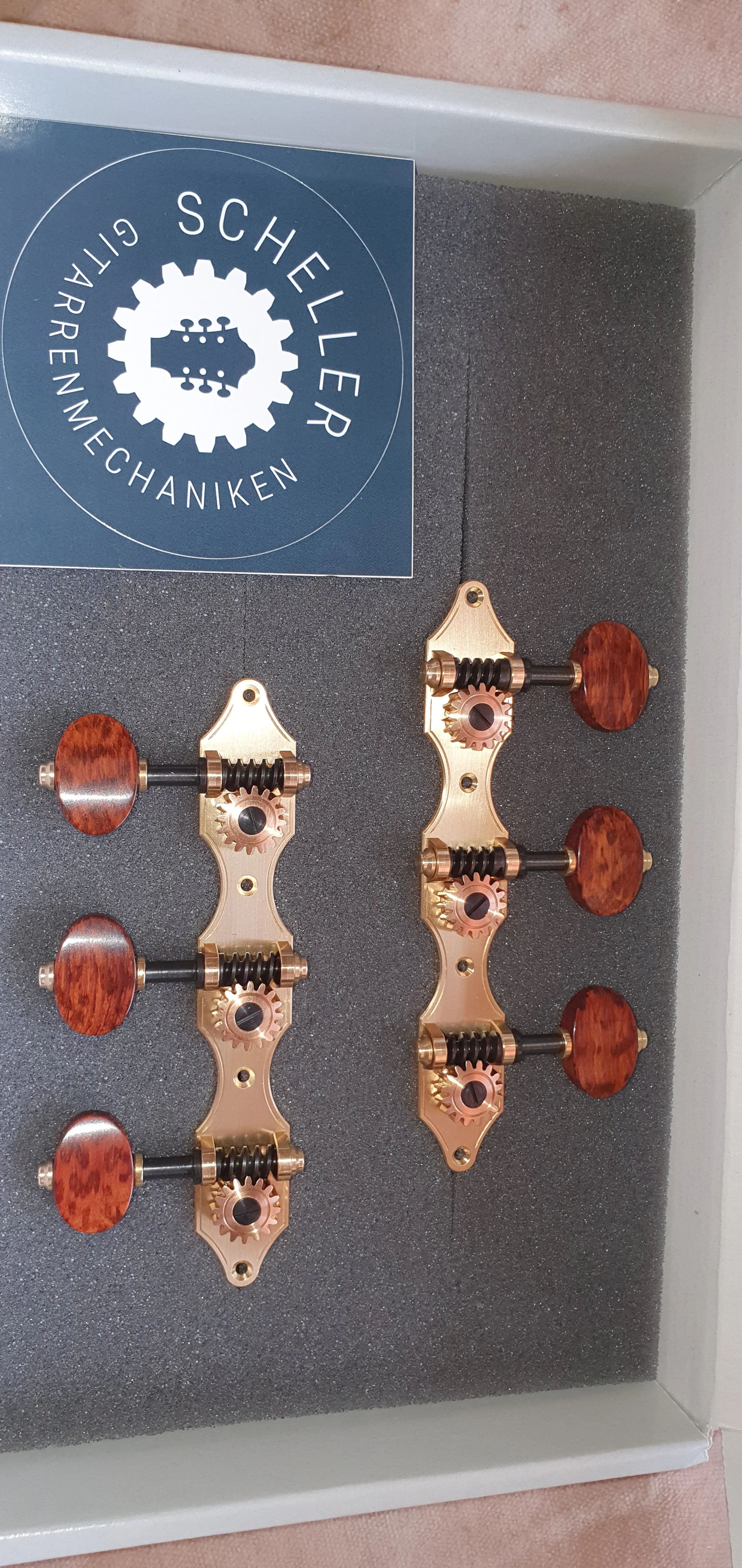

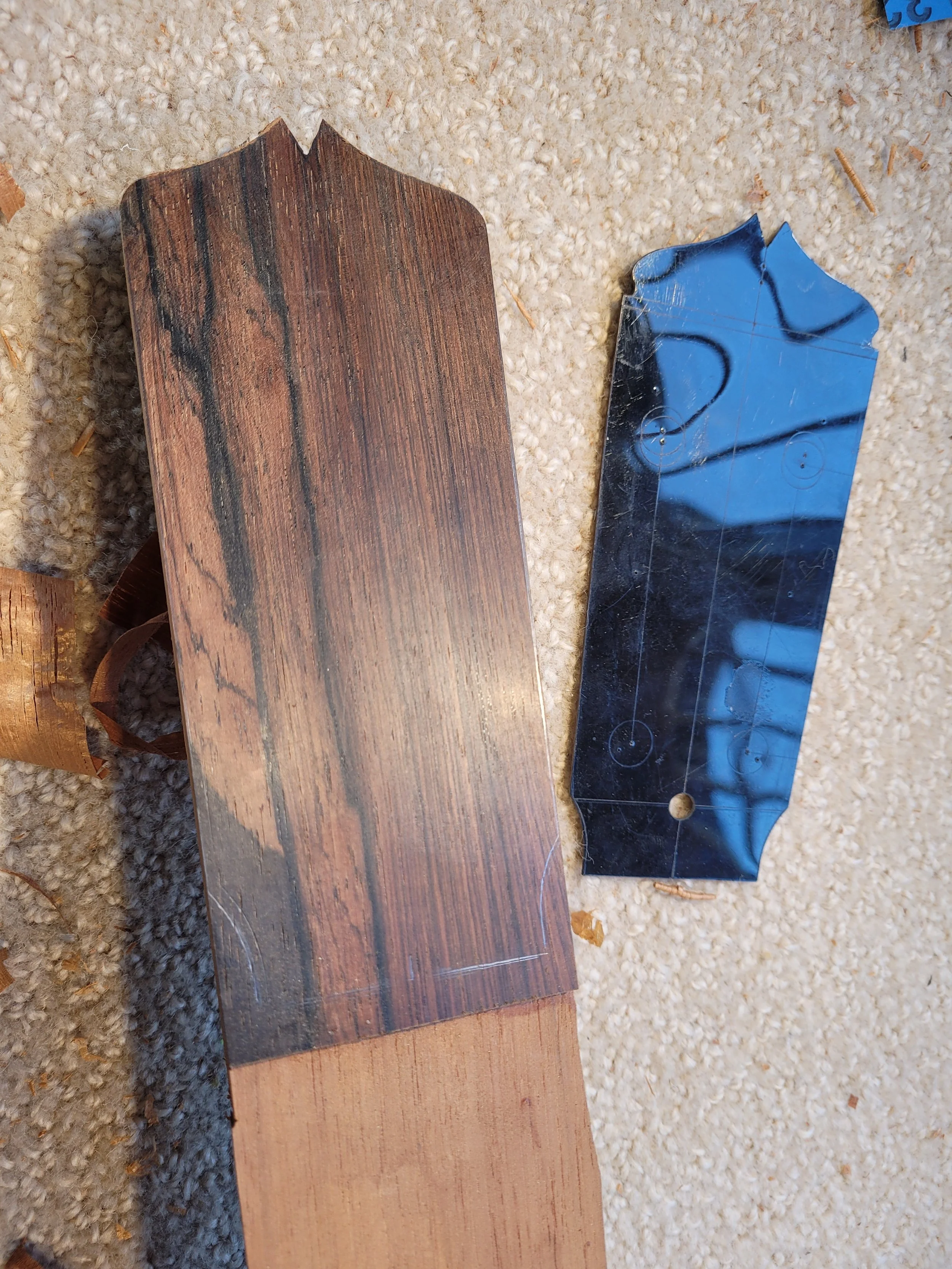
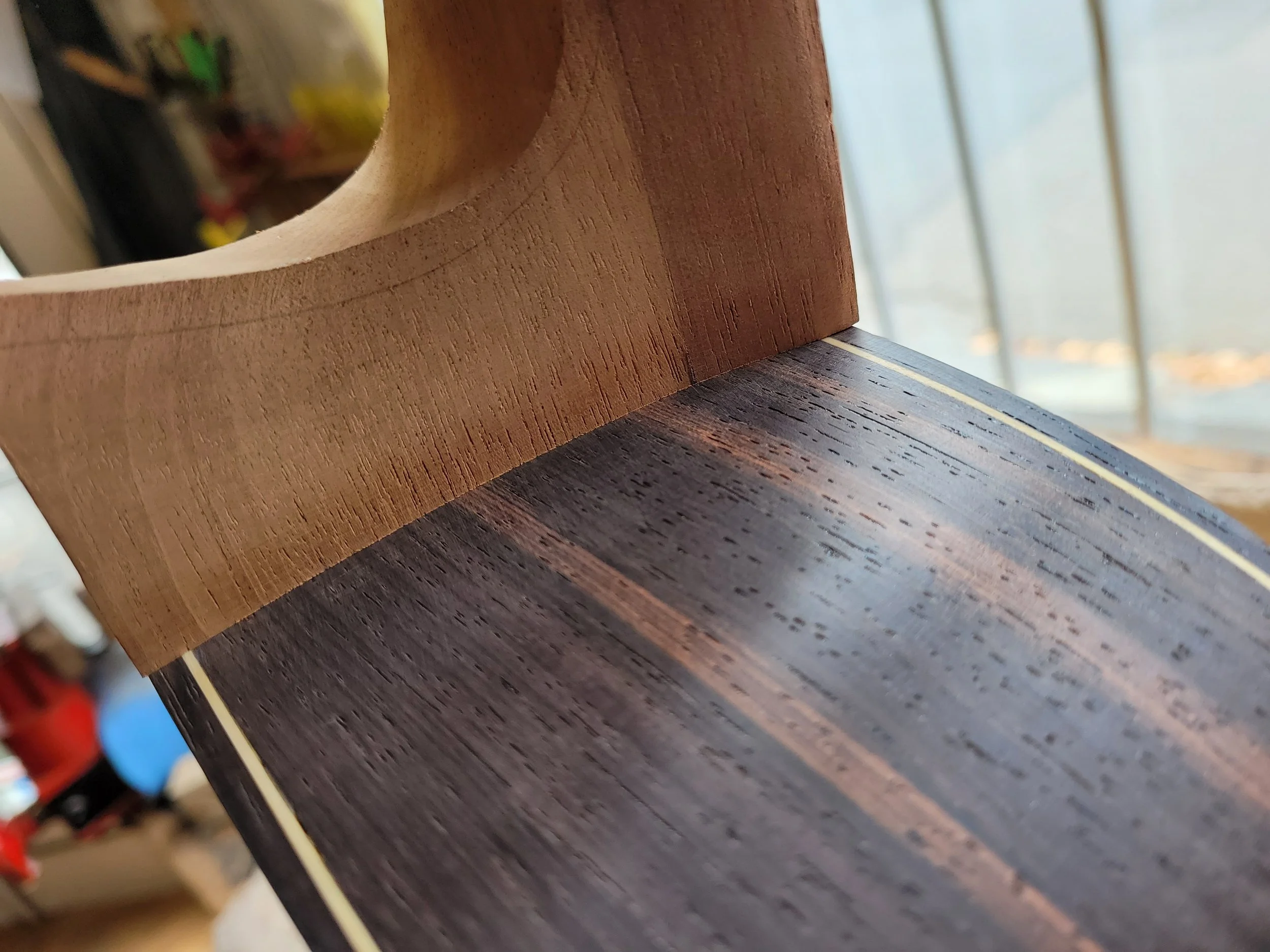

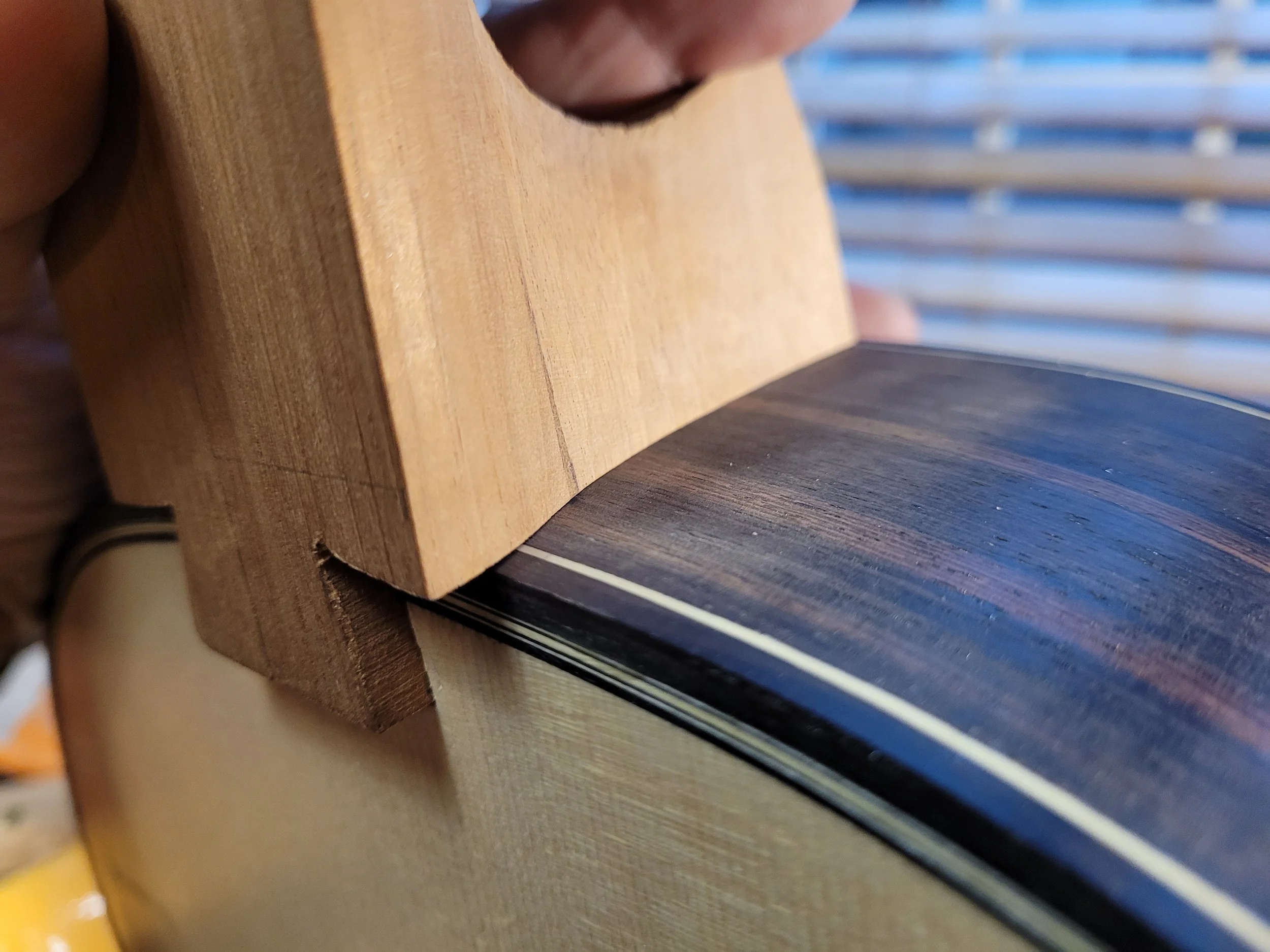

Making the body
The body, back & side material is selected for high Q resonance & sustain for reflection.
The structure is very stiff to help support the lighter than average though very elastic soundboard.
If it is free to resonate it will easily break into multiple modes and respond immediately to a musician's individual touch.







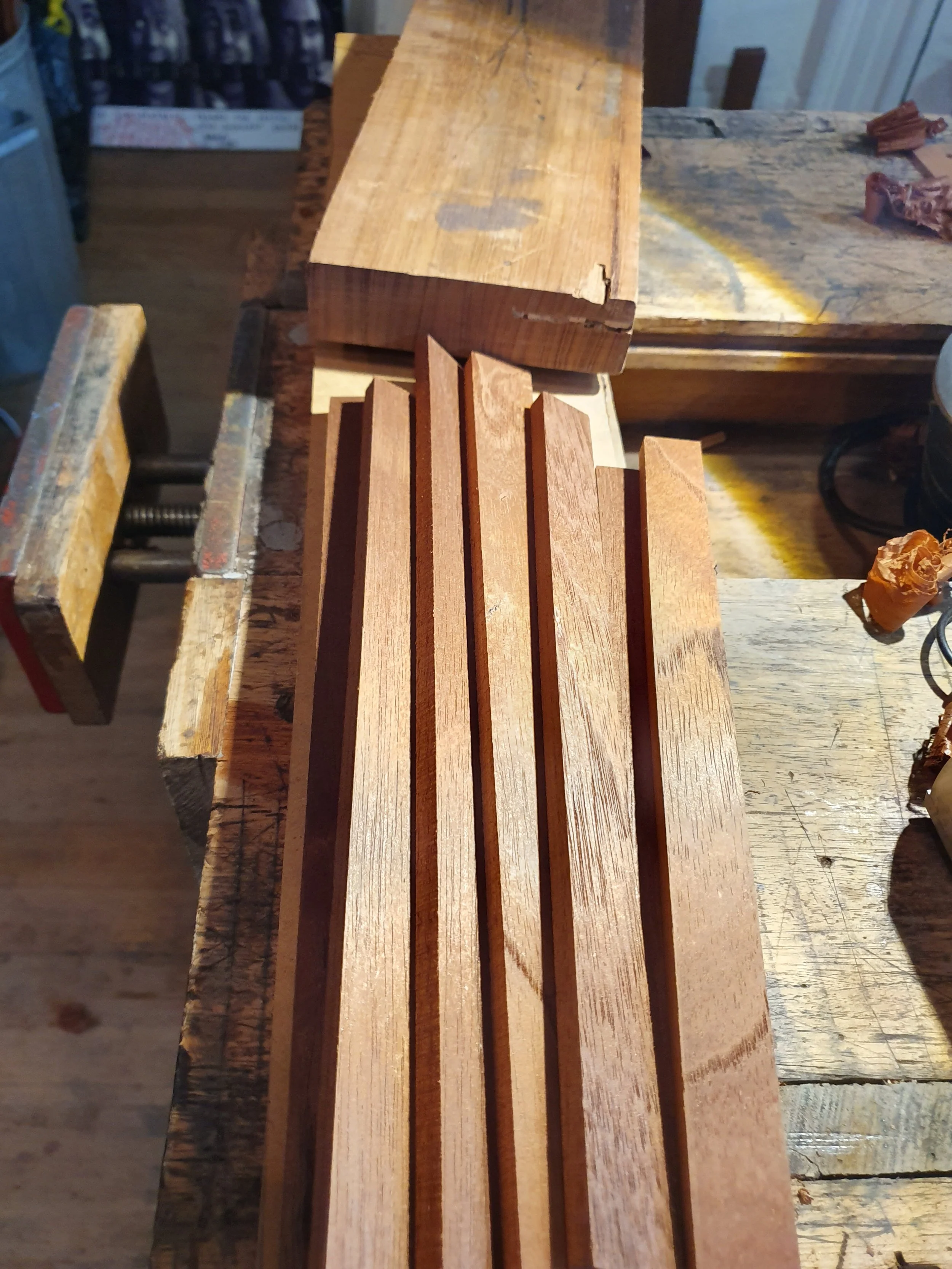

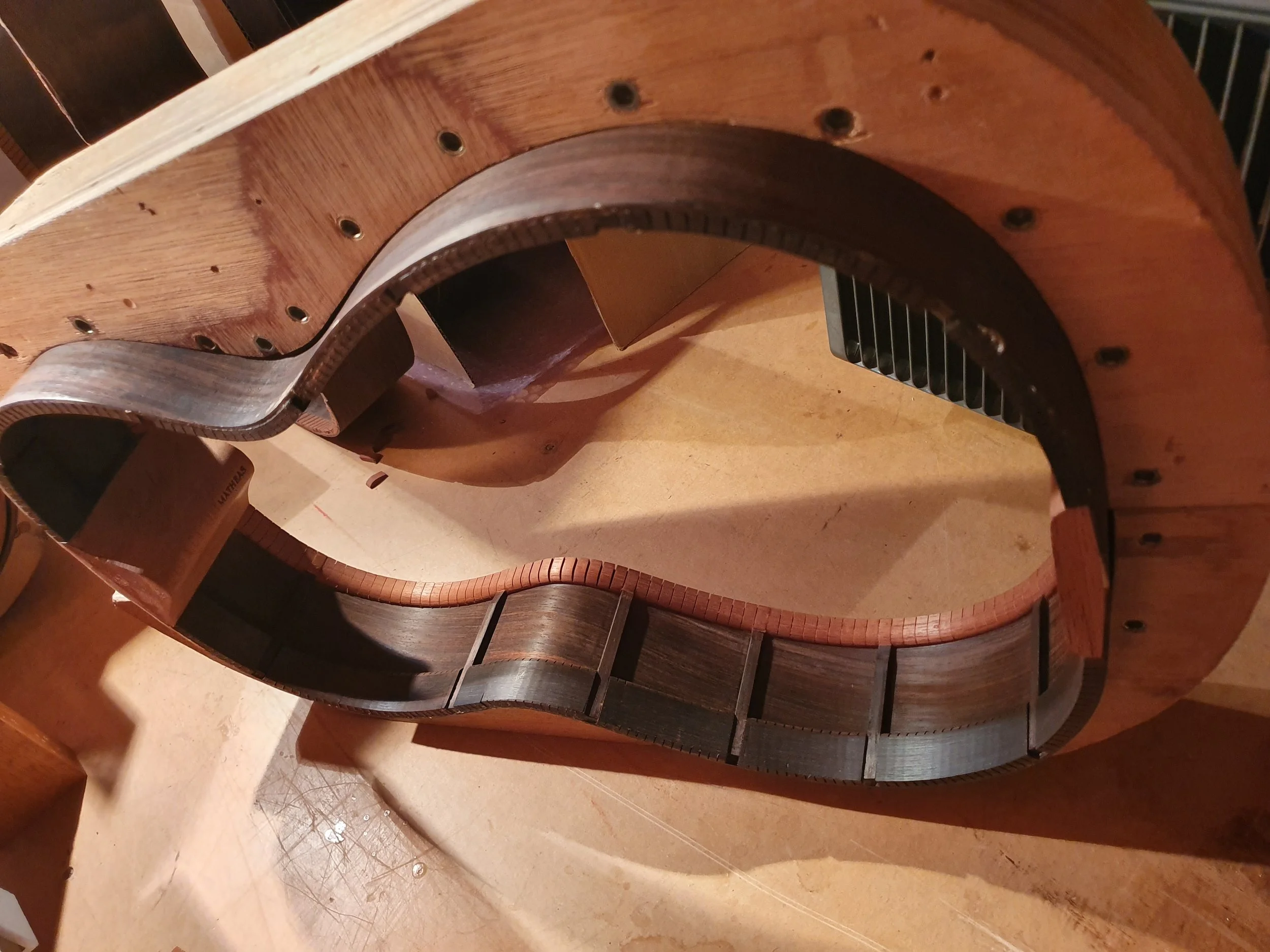


Making Soundboard
To achieve balance between the treble nylon strings & copper wound bass strings over the musical register is the goal.
This requires a light soundboard that well controlled which also makes it easier to set of the strings into vibration.
By tuning the resonances through controlled stiffness adjustments that are precisely measured I can shape the tone and response.
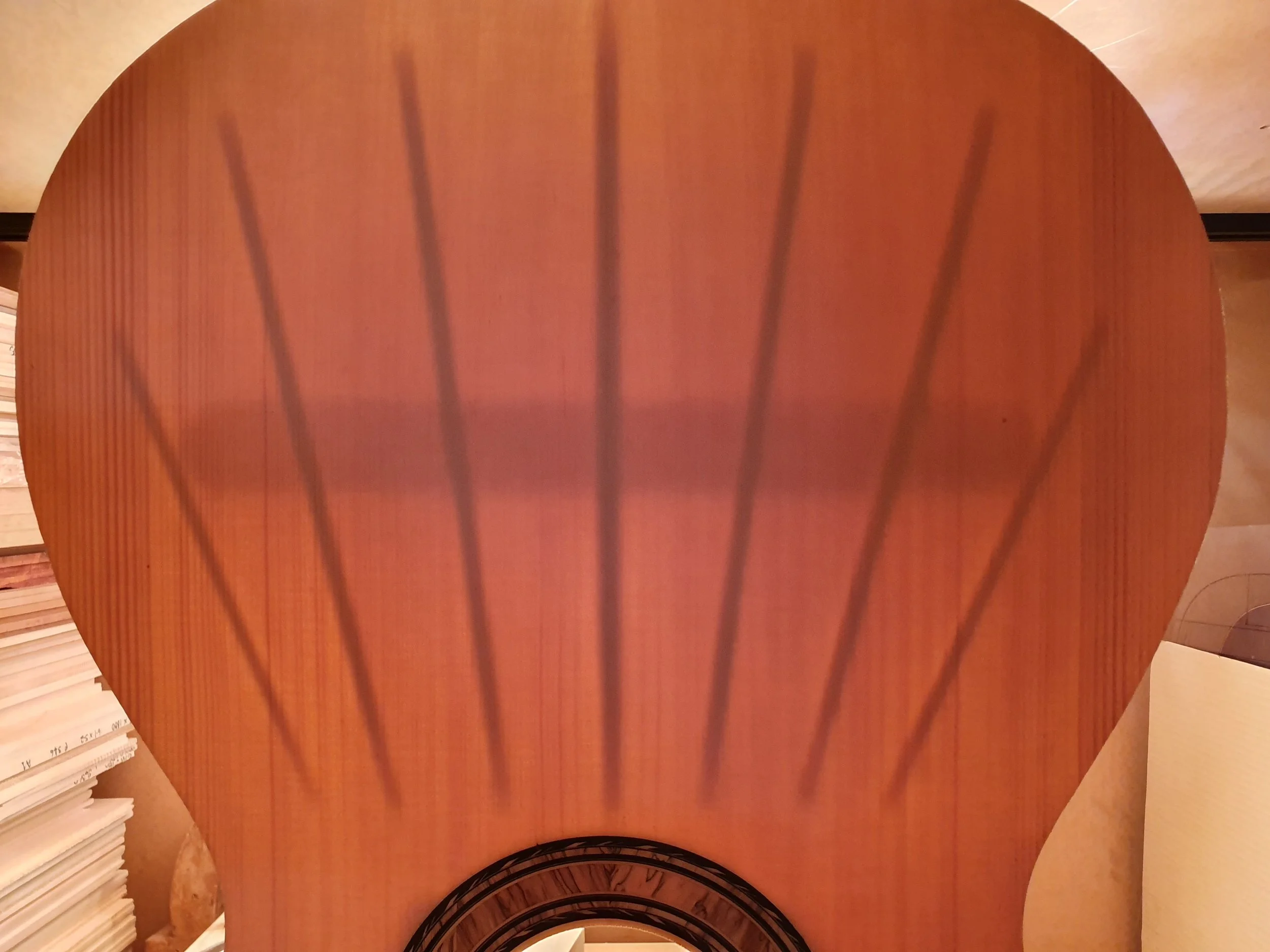


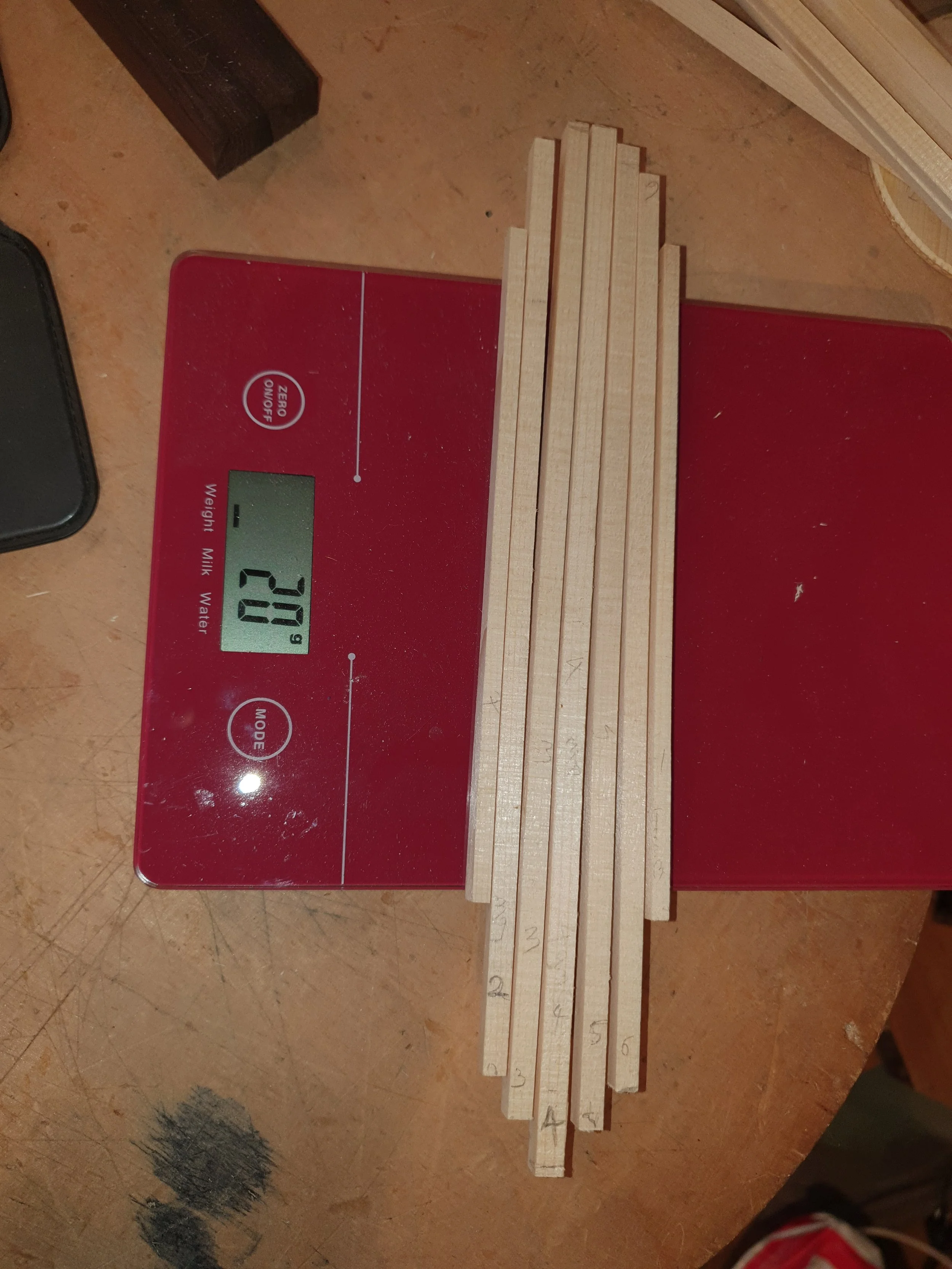
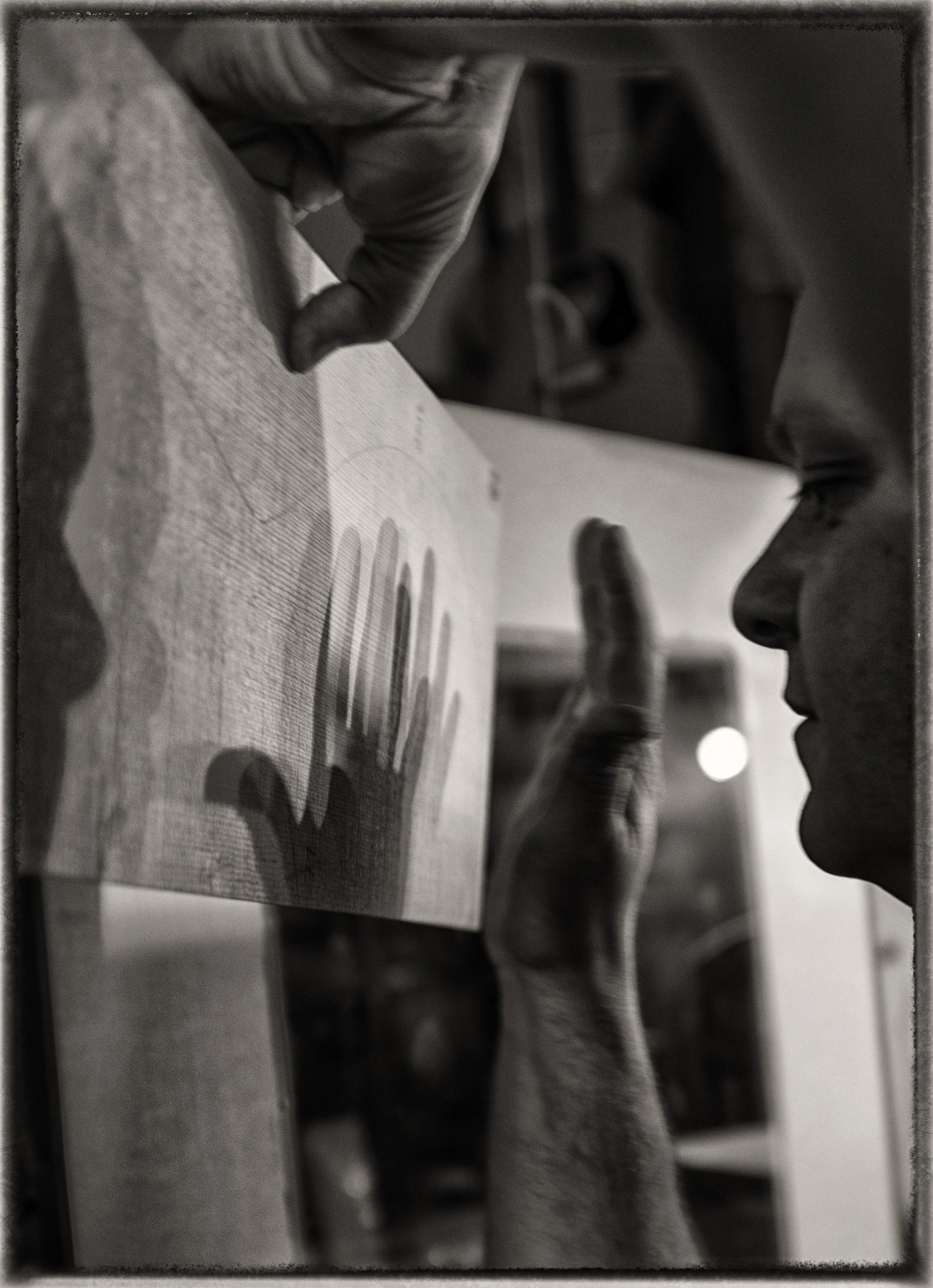
Rosette design
Rosette are influenced by the carpet weaving & mosaic patterns of the Arabs, Romans Greeks and the east.
Some motives I use are influenced from themes seen Jeffrey Elliots and Paul Sheridans work.
The natural spalted blackwood or Sassafras wood is reminiscent of Australian wildlife and pattern in Australian Aboriginal art.
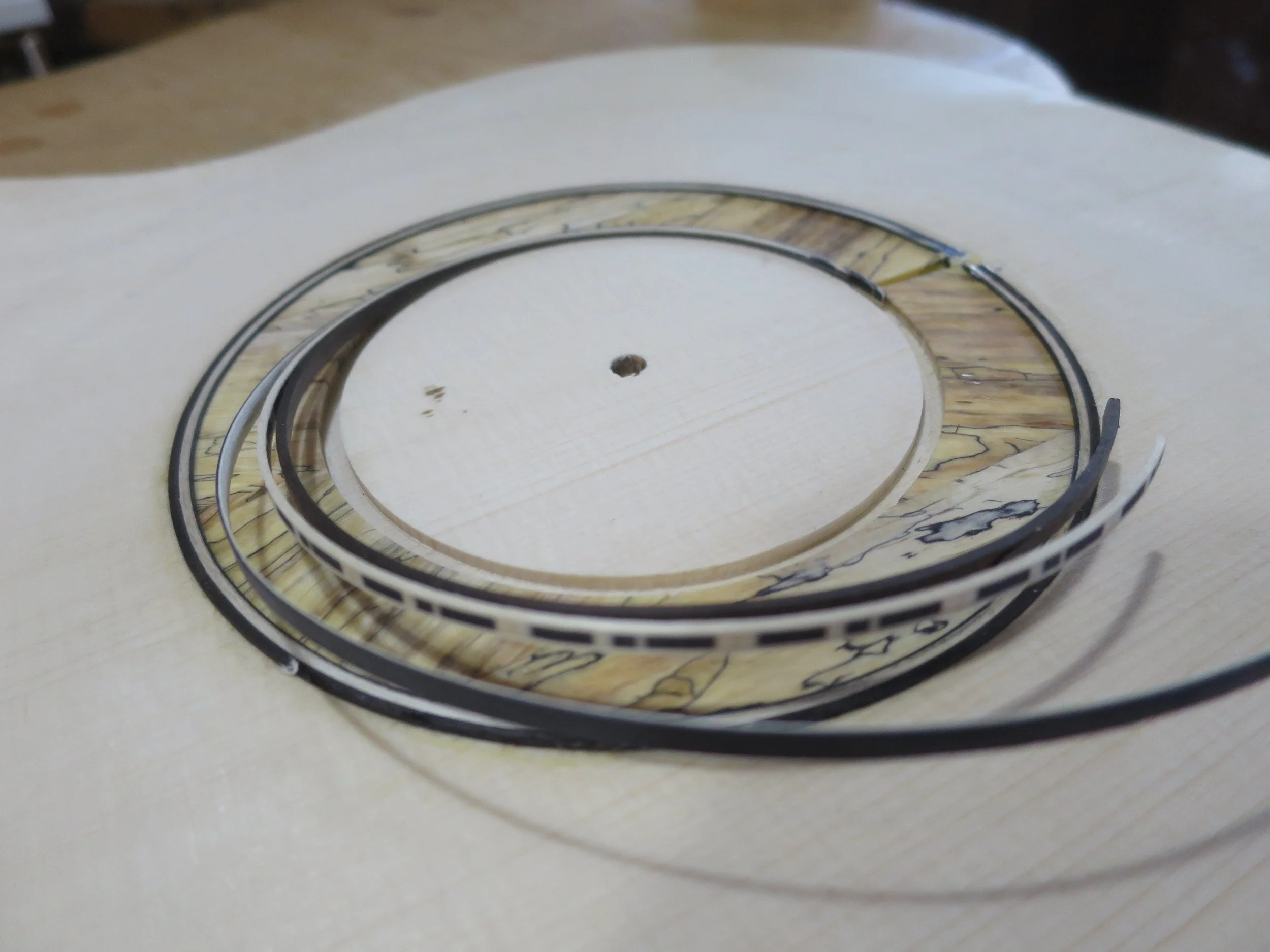
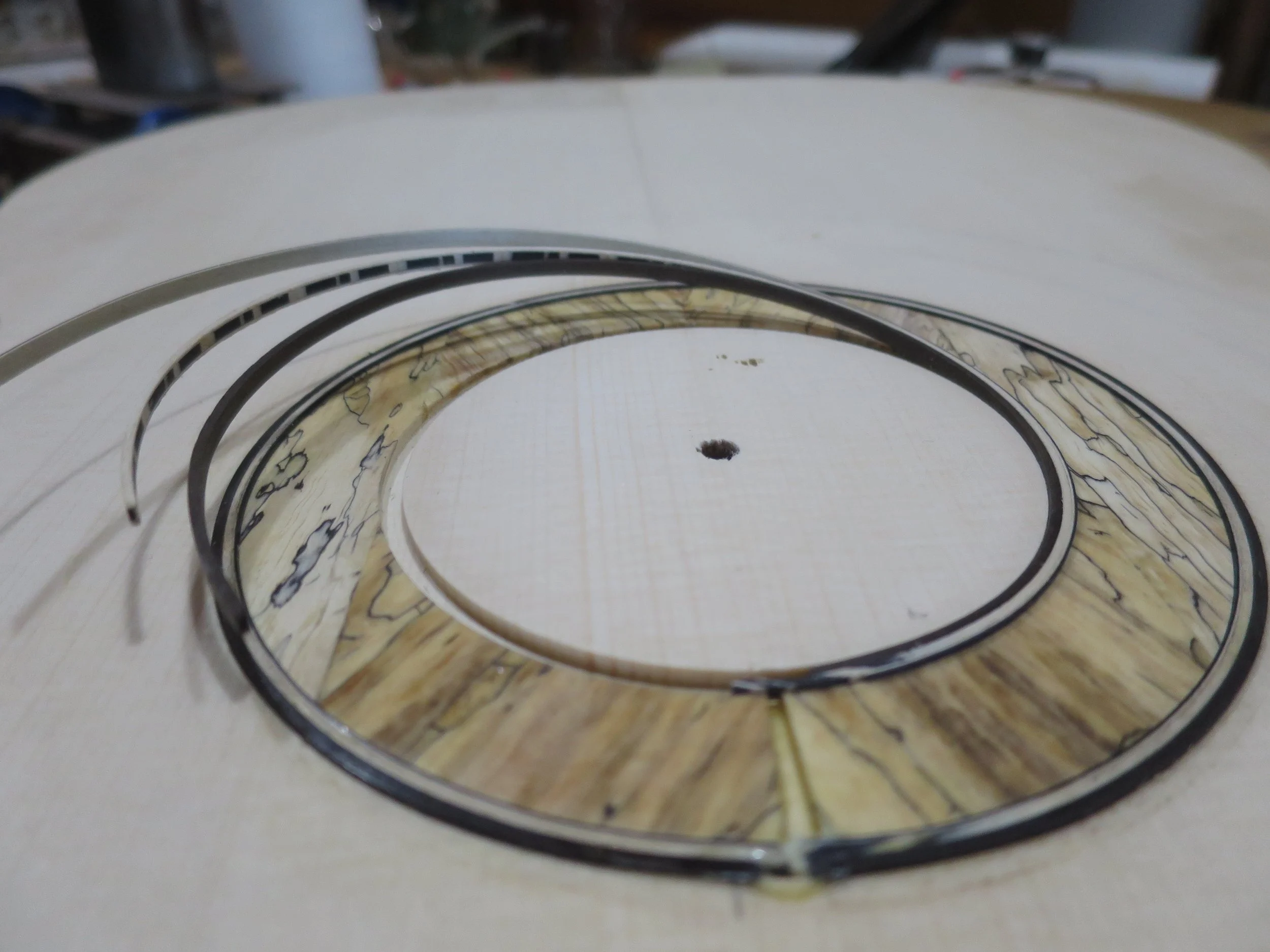
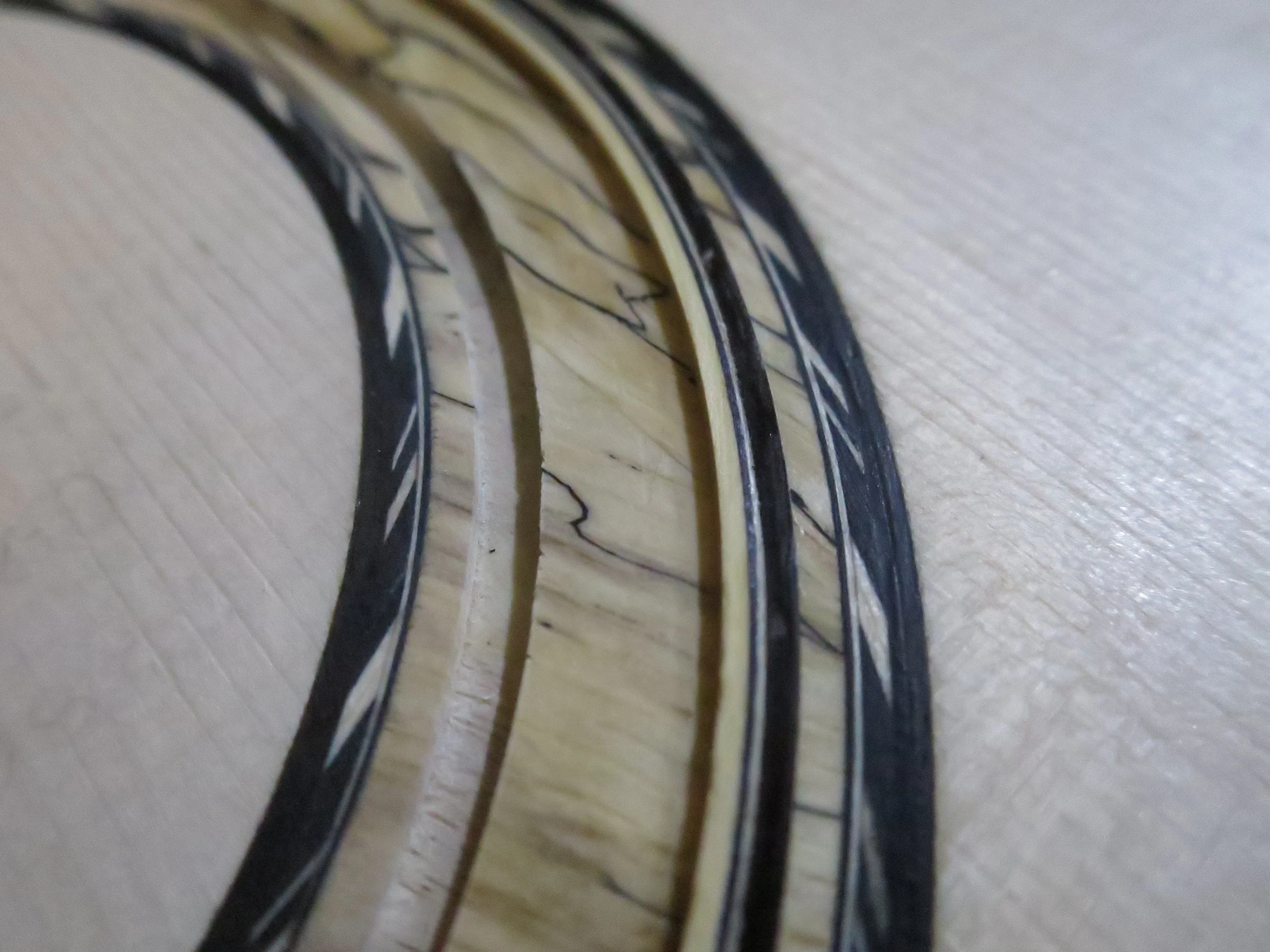


Soundboard select
The soundboard criteria are the most important.
To obtain the right proportions of strength to weight ratio for my models it is wise to visit the source in Italy & Switzerland.
Ciresa, Florinett & are experts in processing to whilst certifying and managing their forests for the future.

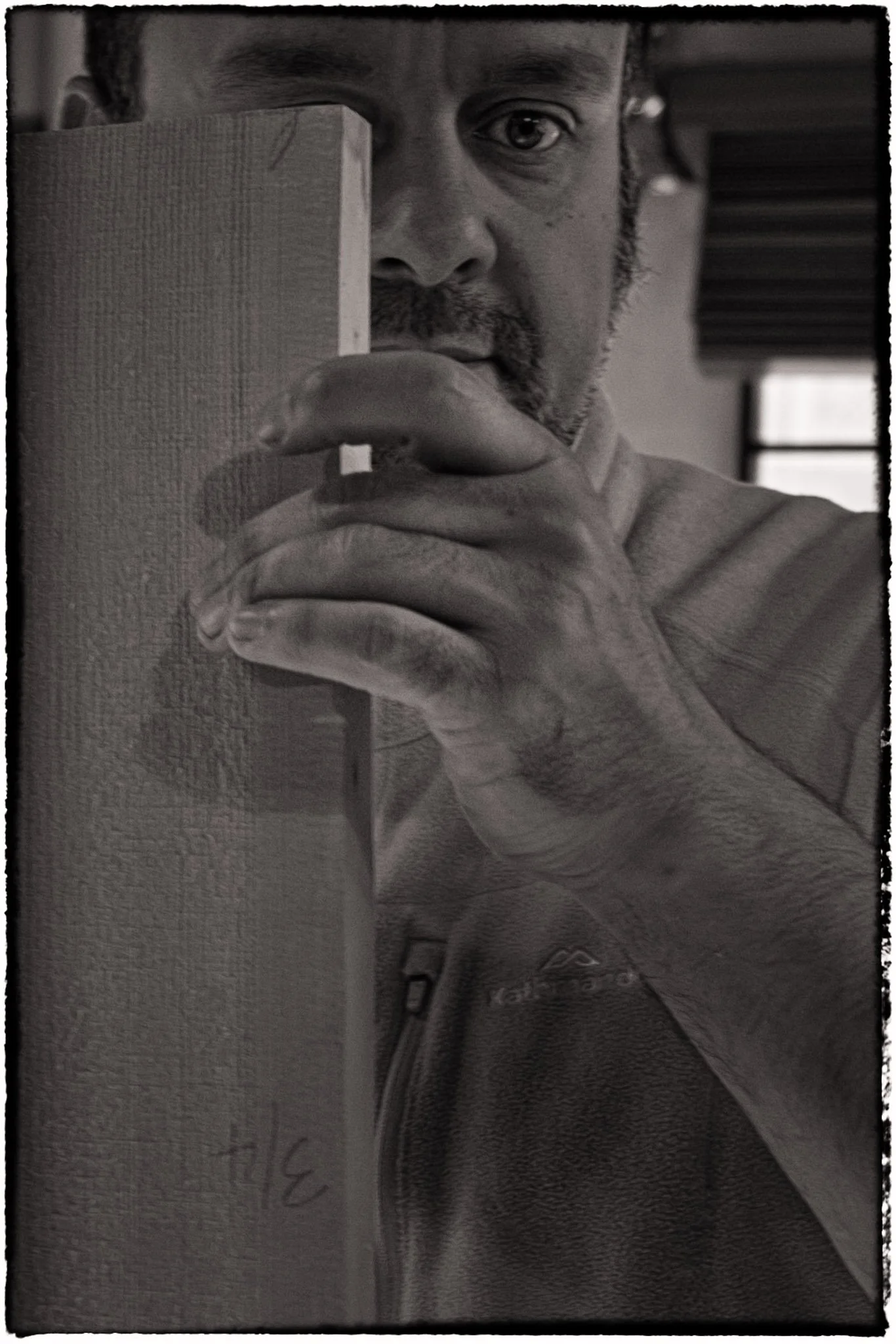
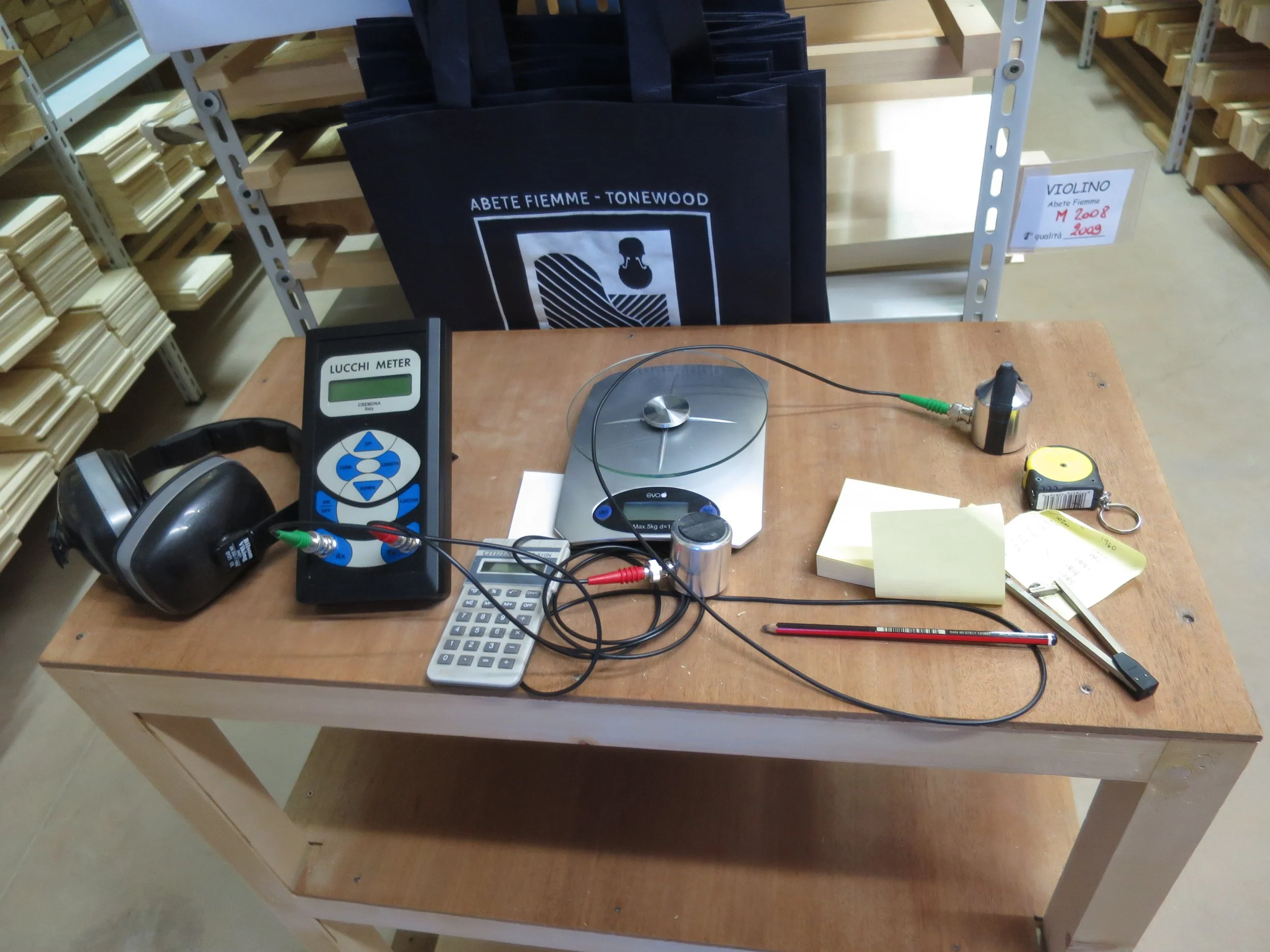
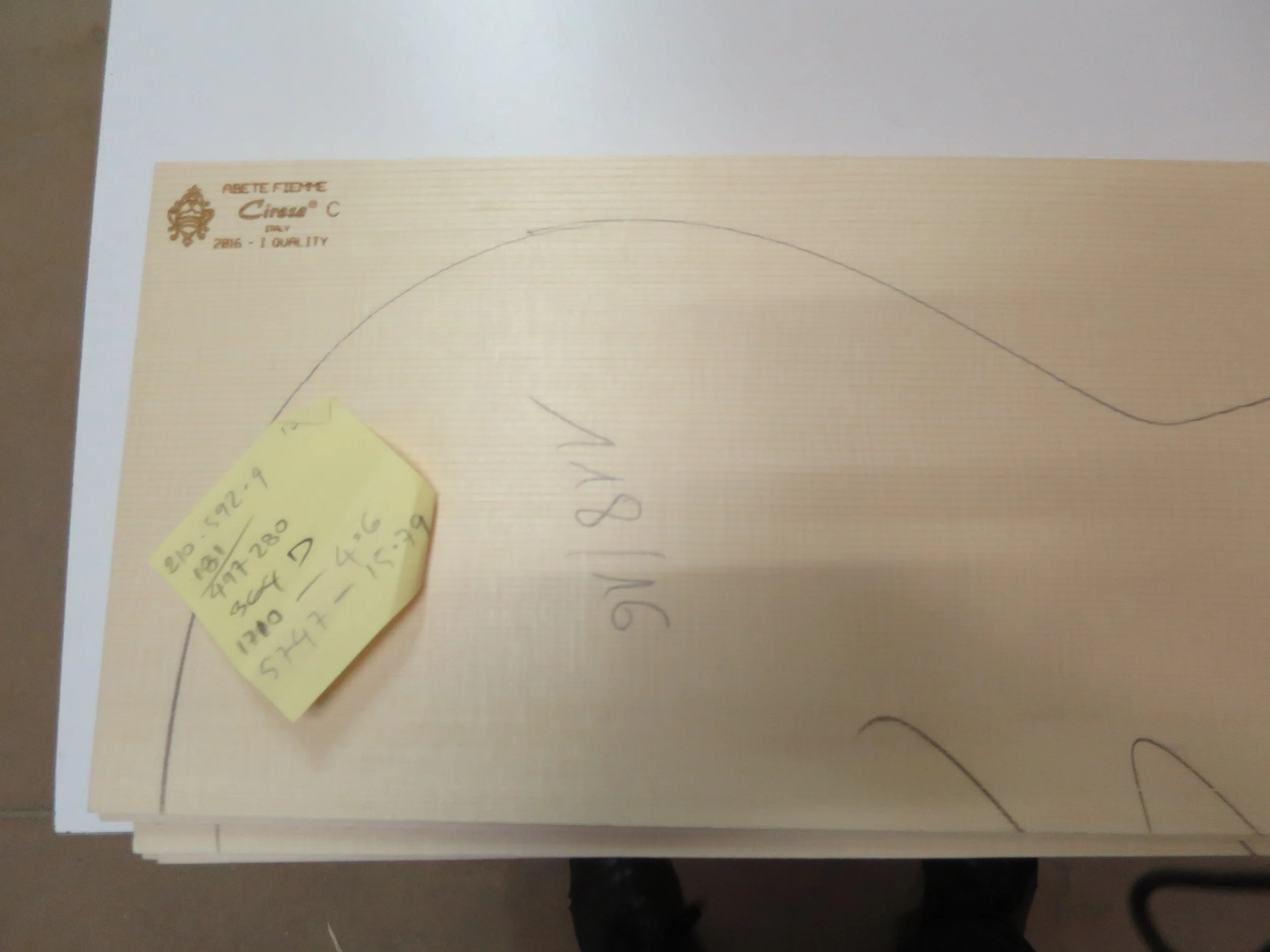

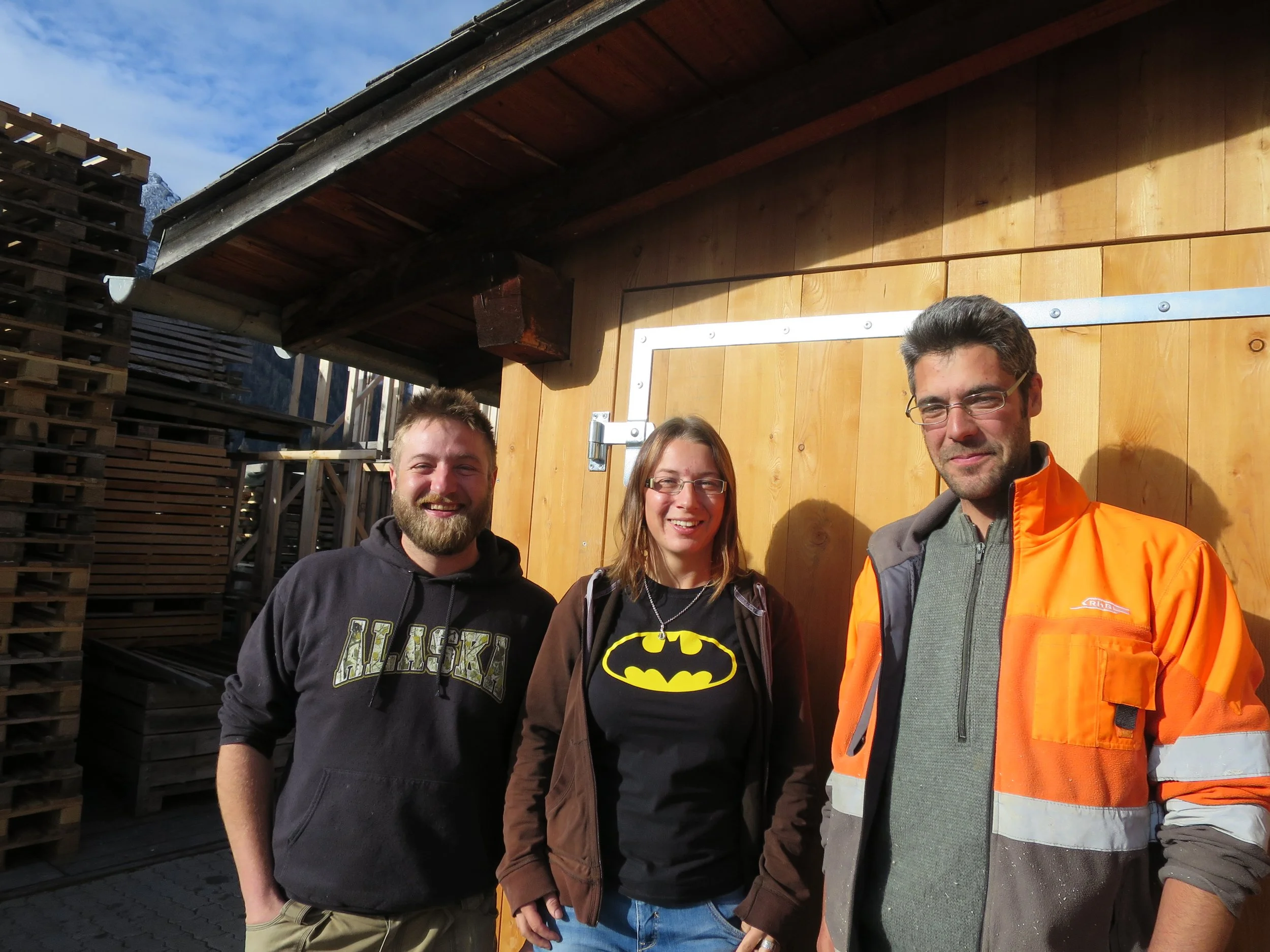
Recycled tonewoods
Recycled woods are a good source of very dry and stable material.
Often rare to find it in very high quality 1/4 sawn.
Australian Red Cedar I use for back bars linings and blocks.
Precious Brazilian Rosewood from furniture to make bridges, fretboards, backs & necks.
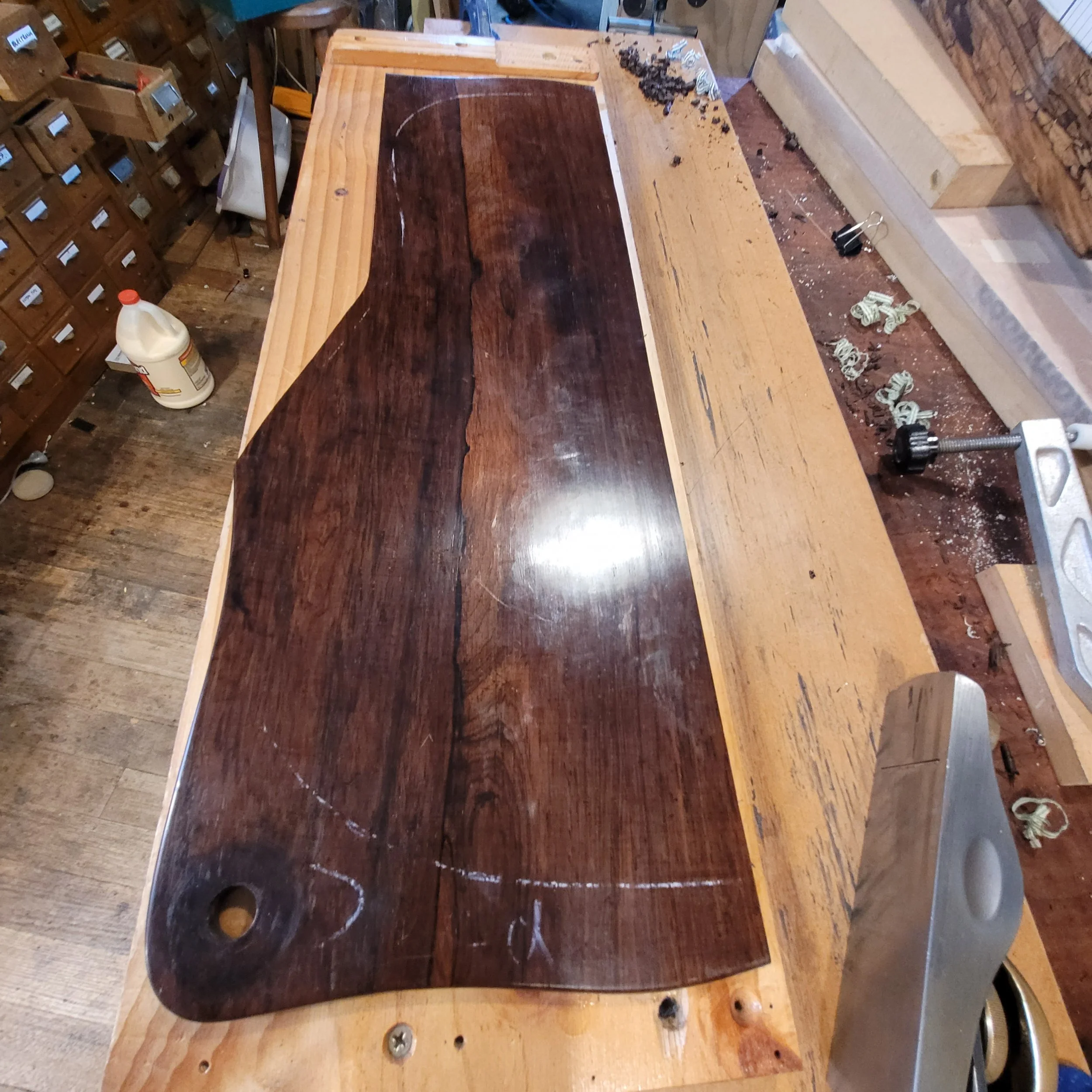
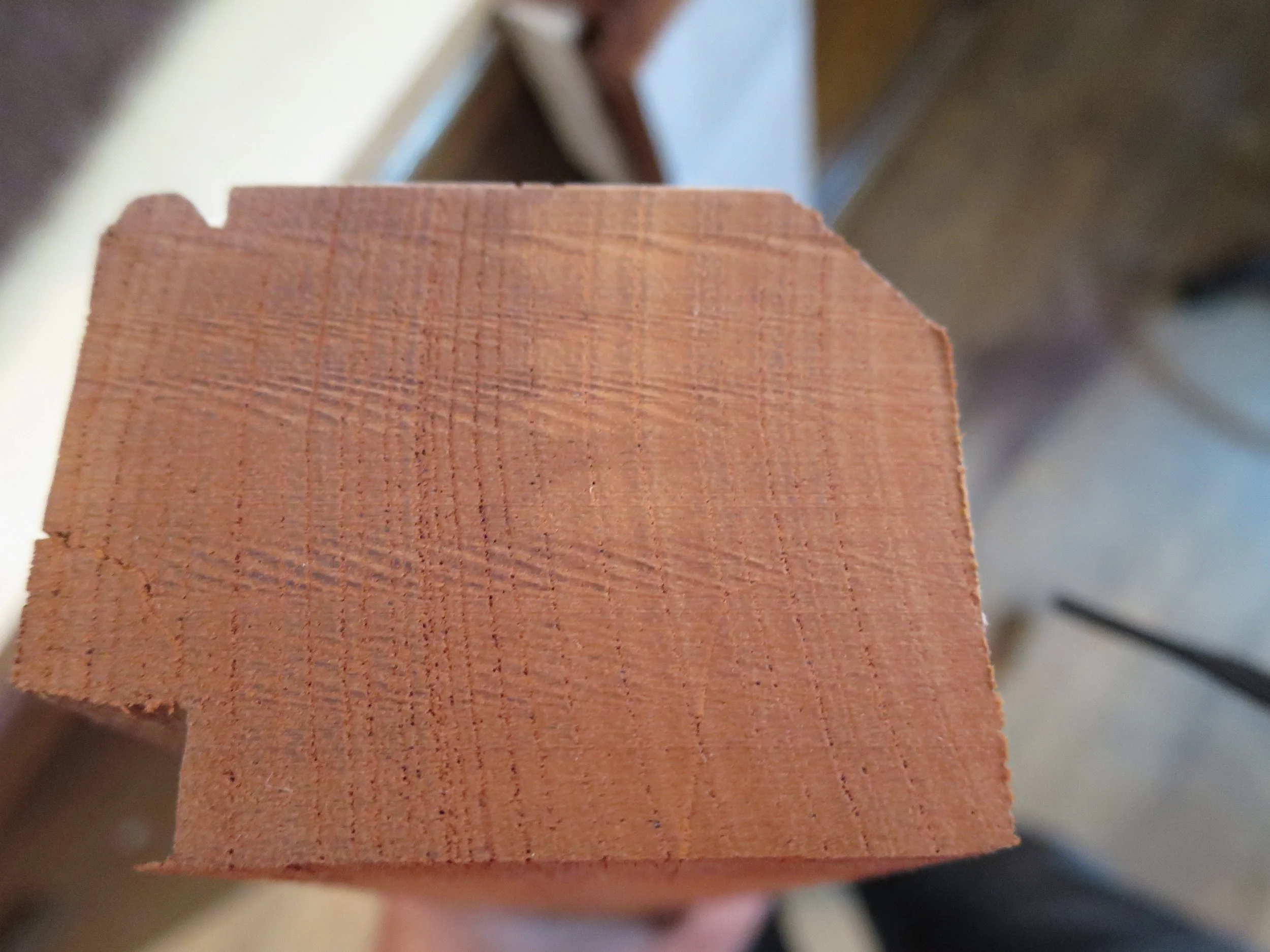
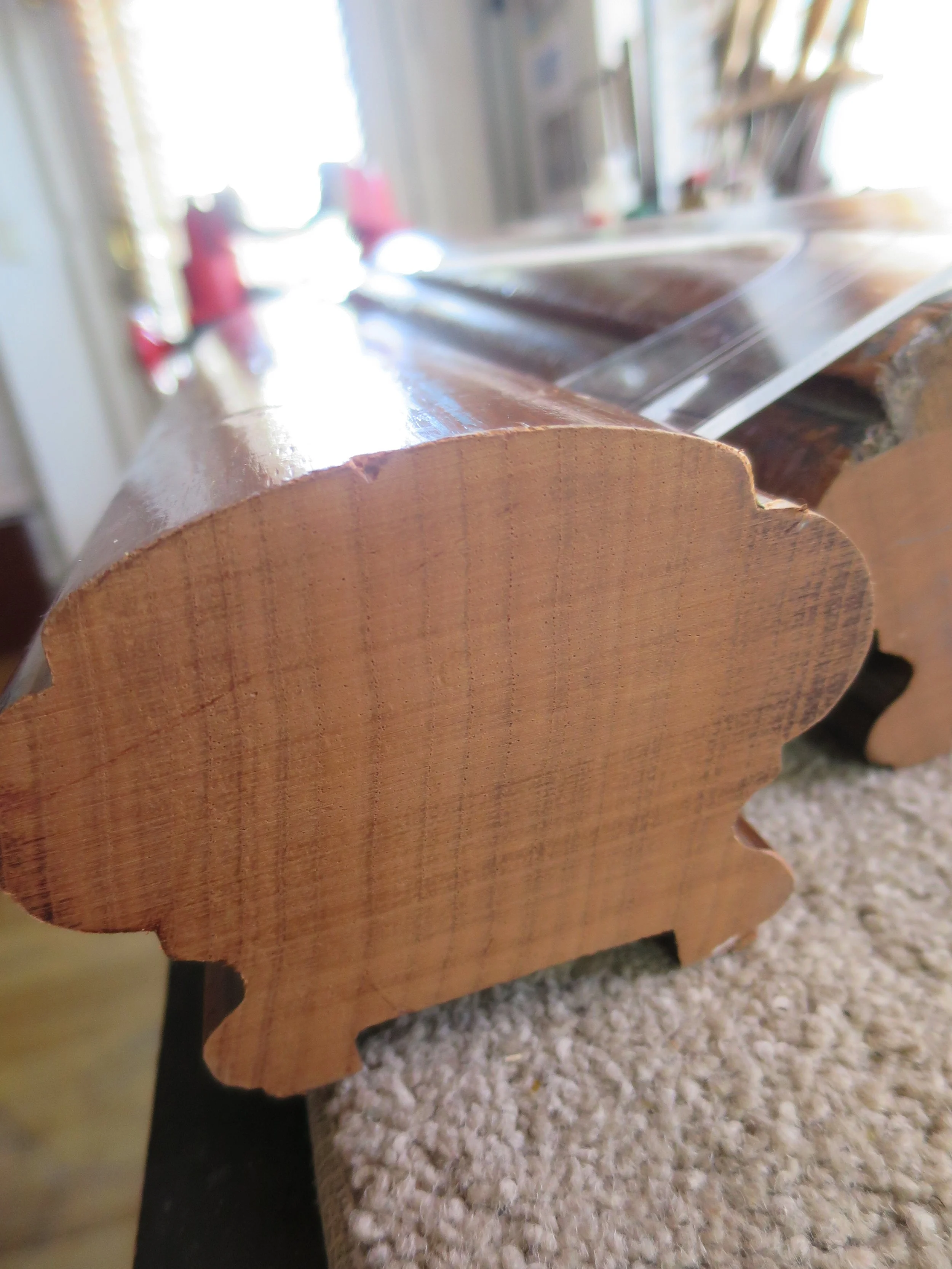
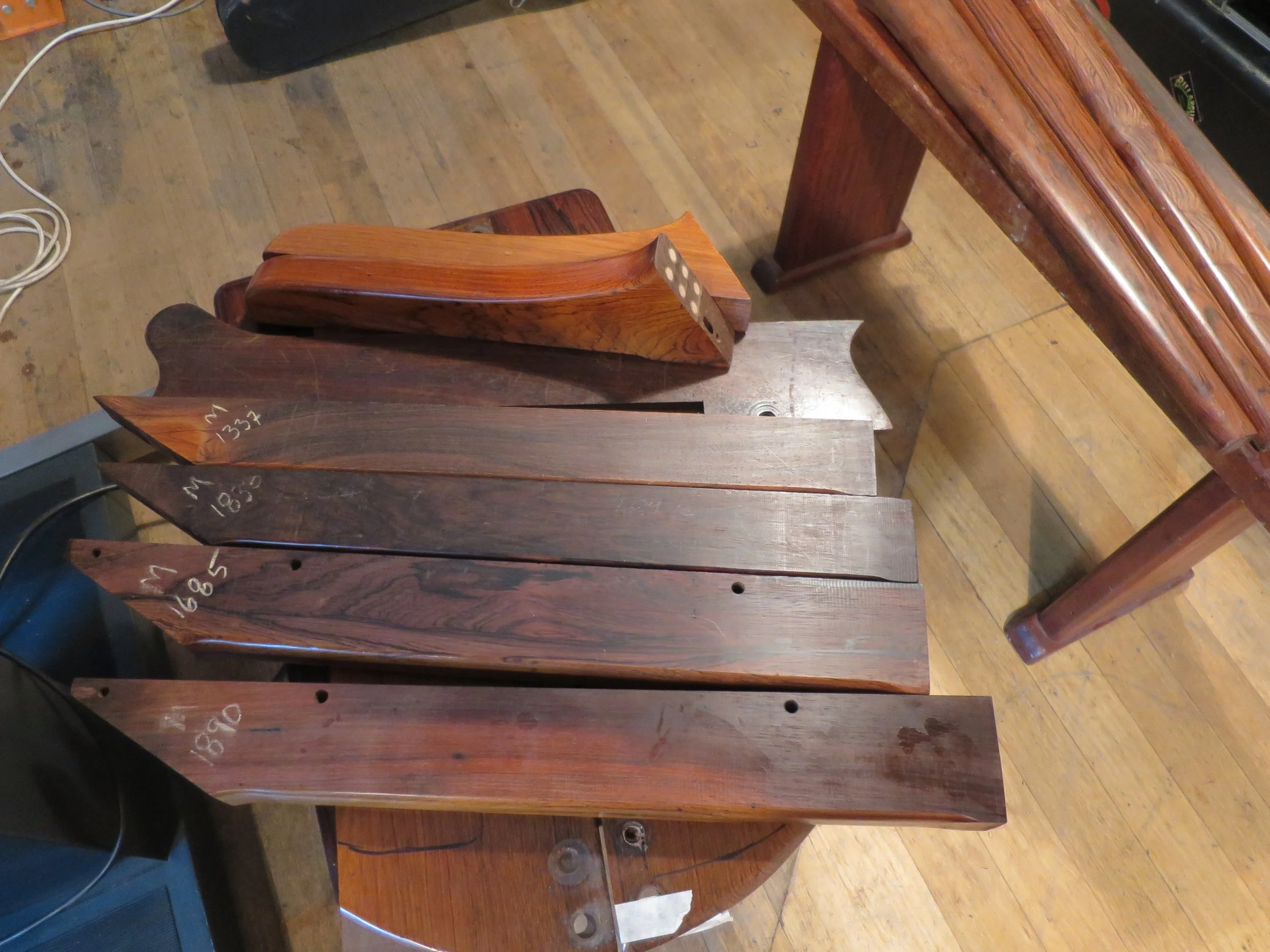
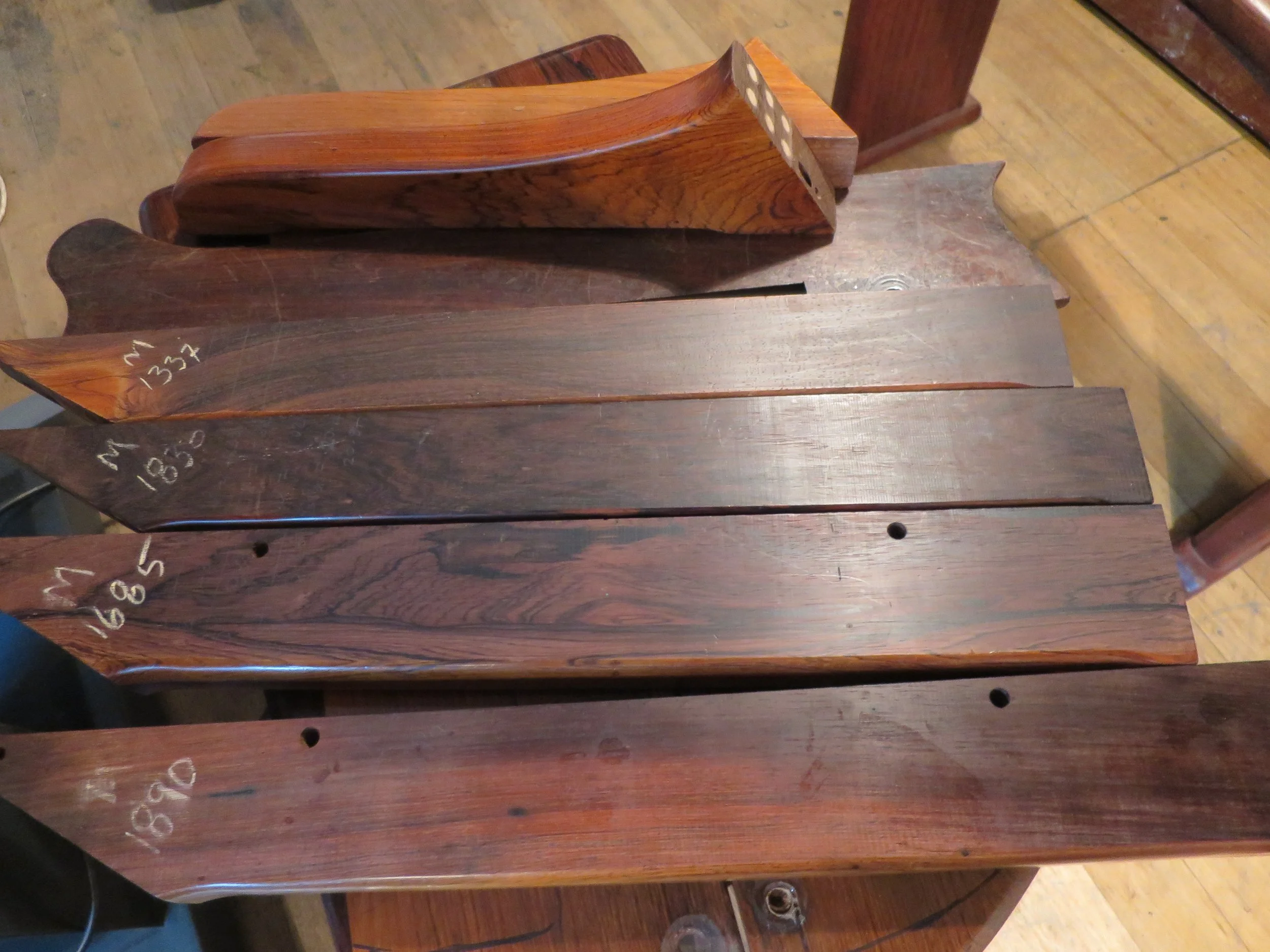
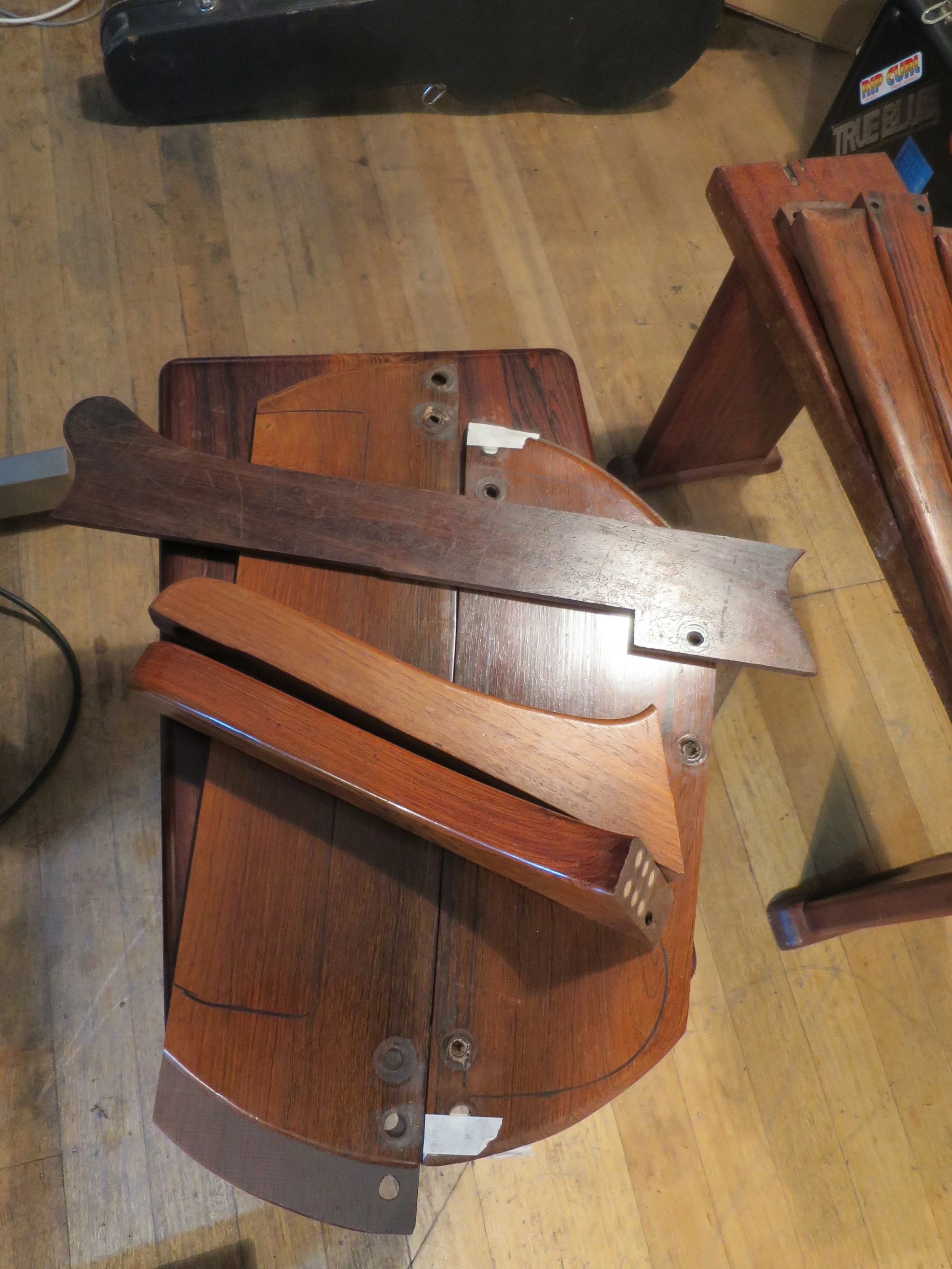
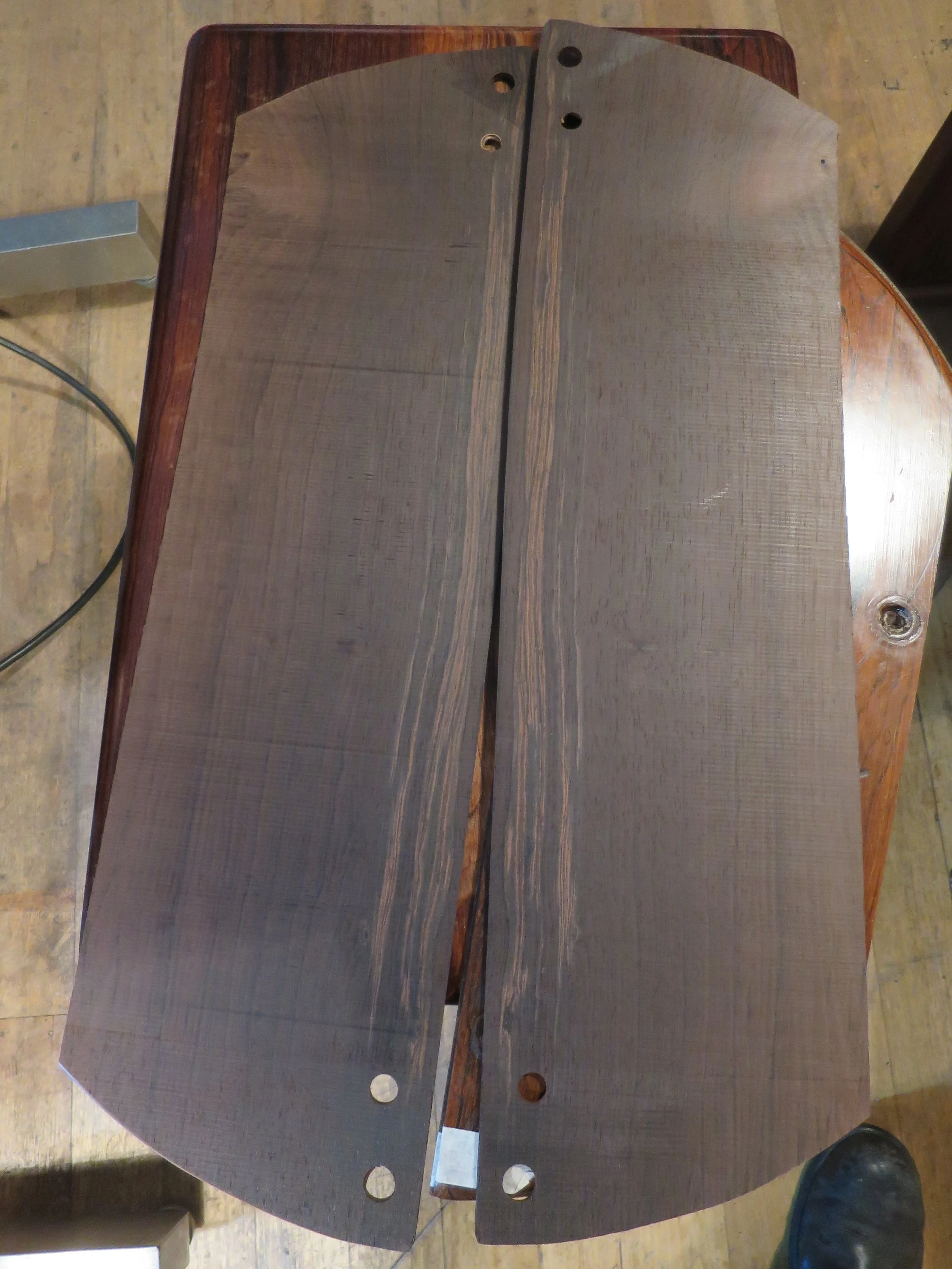
Wood analysis.
It Scientists have developed tools to confirm details of wood structure at a microscopic level.
CSIRO scientist Dr. Robert Evans has kindly measure characteristics of my wood samples.
Luthiers scientist musicians and engineers can come to the same conclusion from different sets of measuring skills.
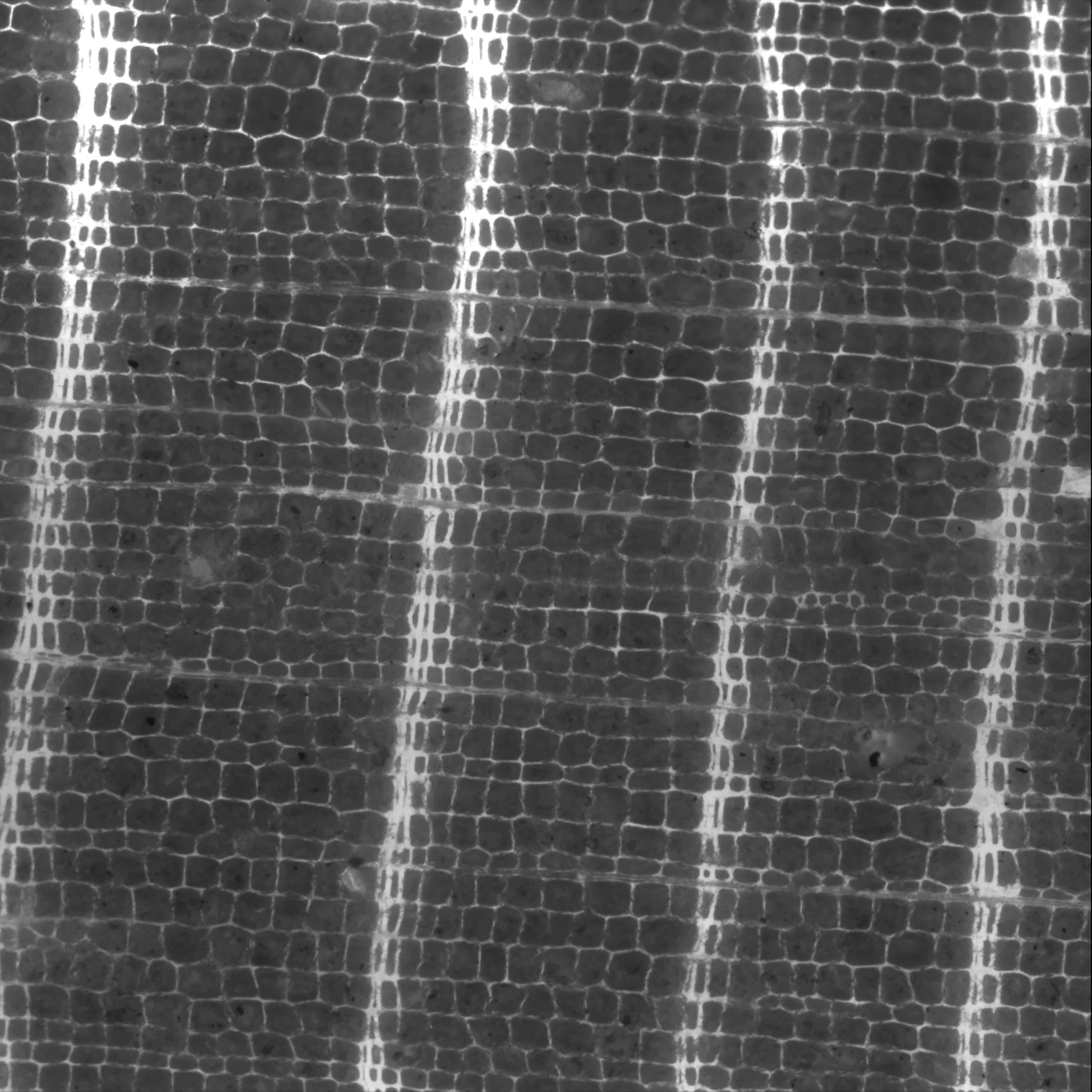
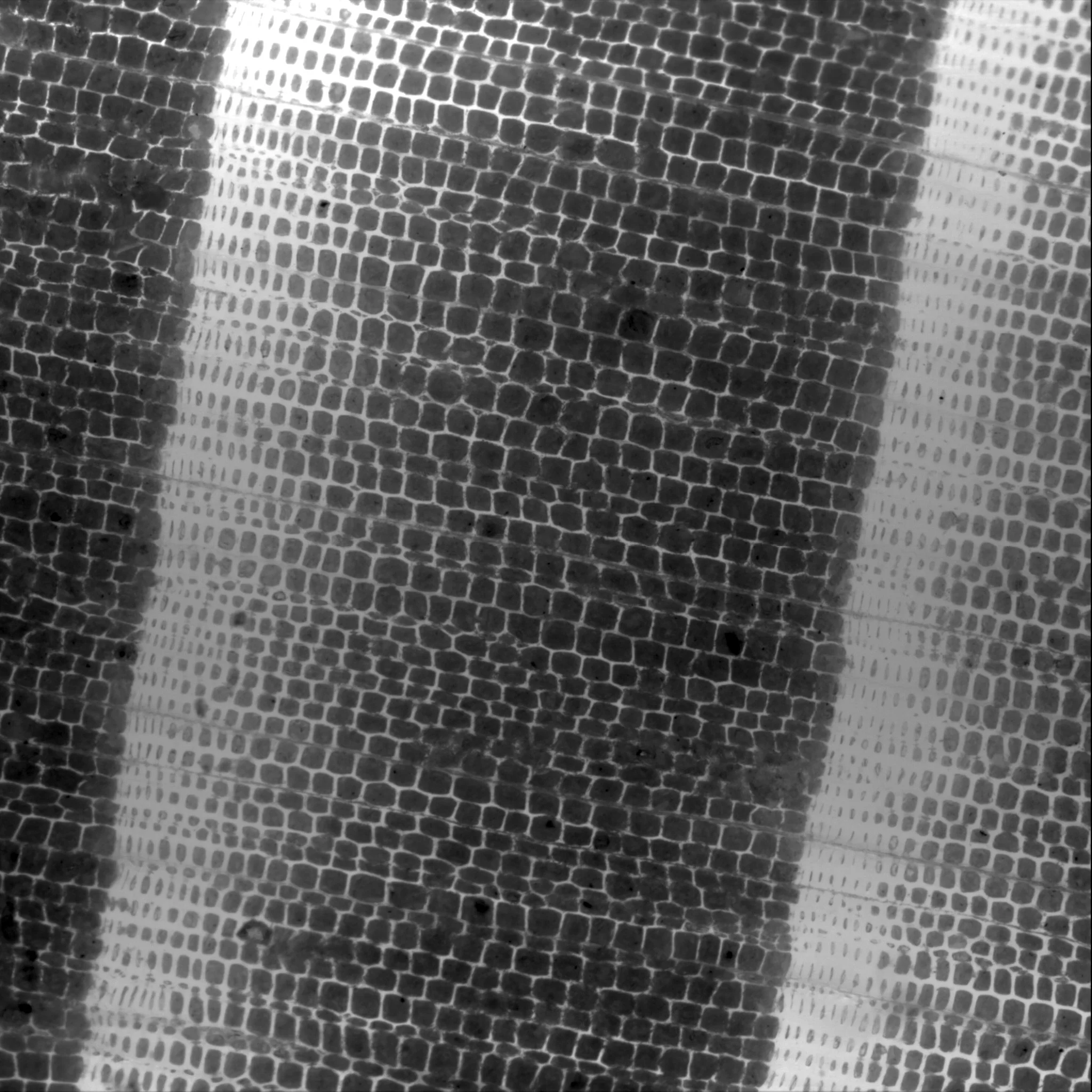

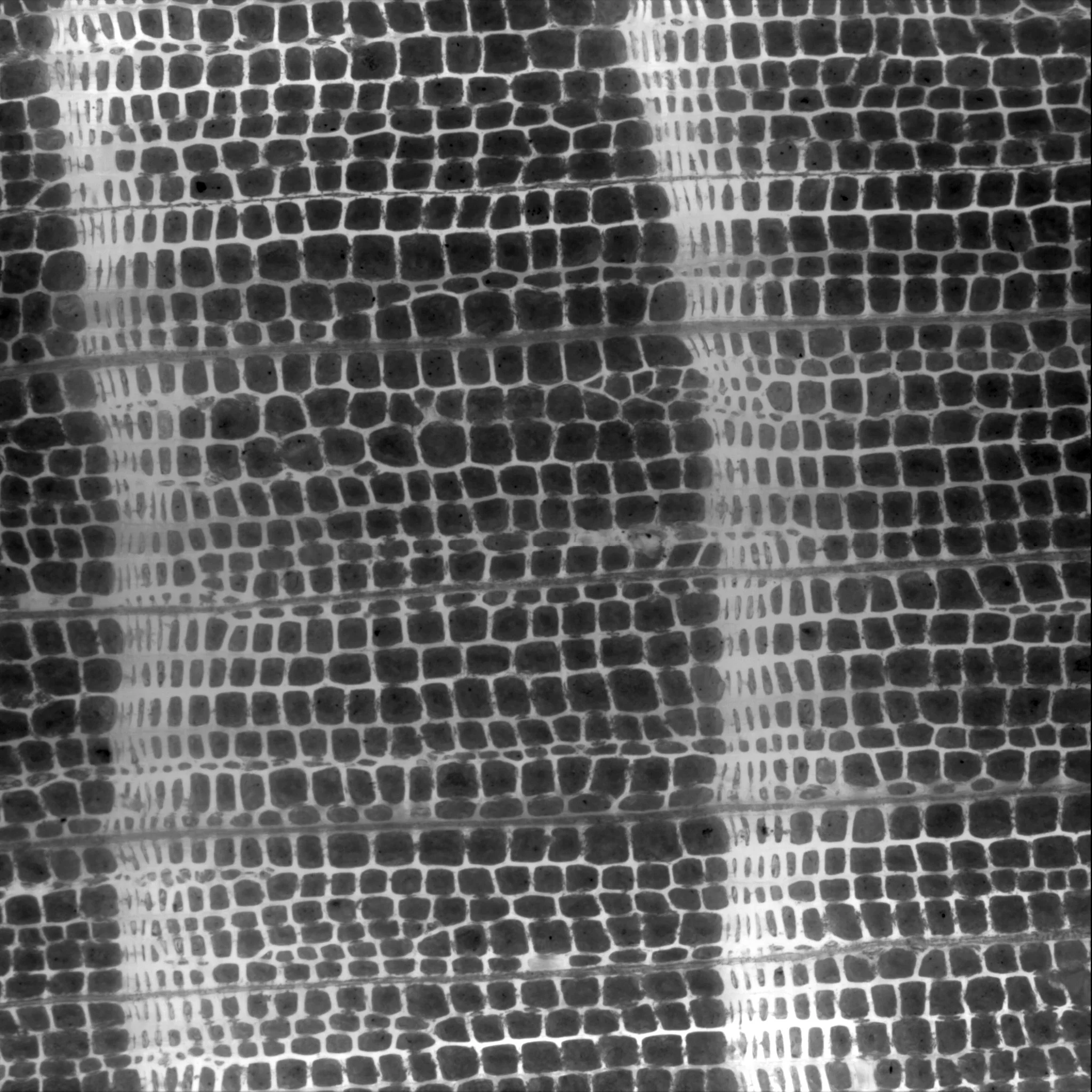


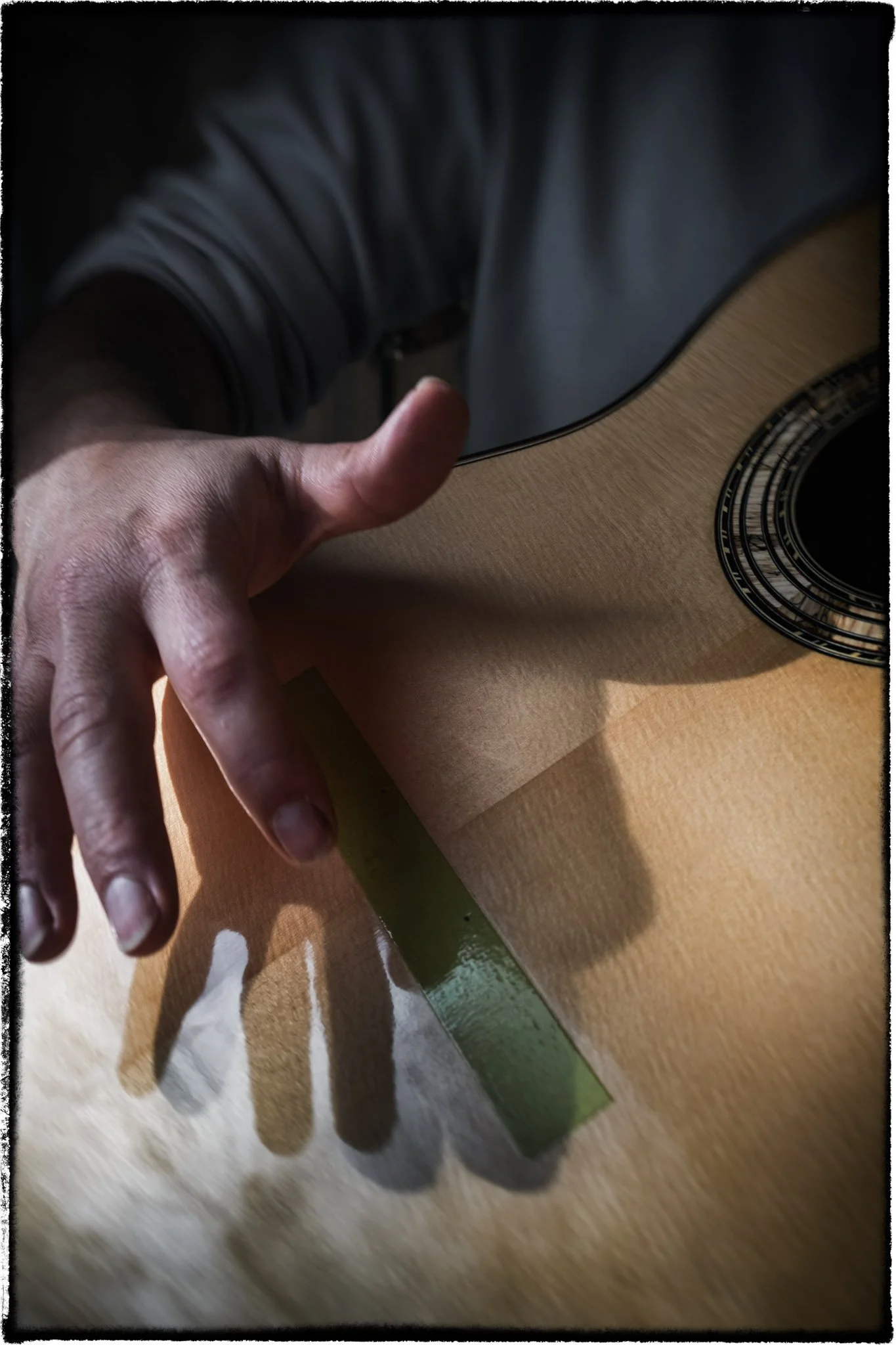

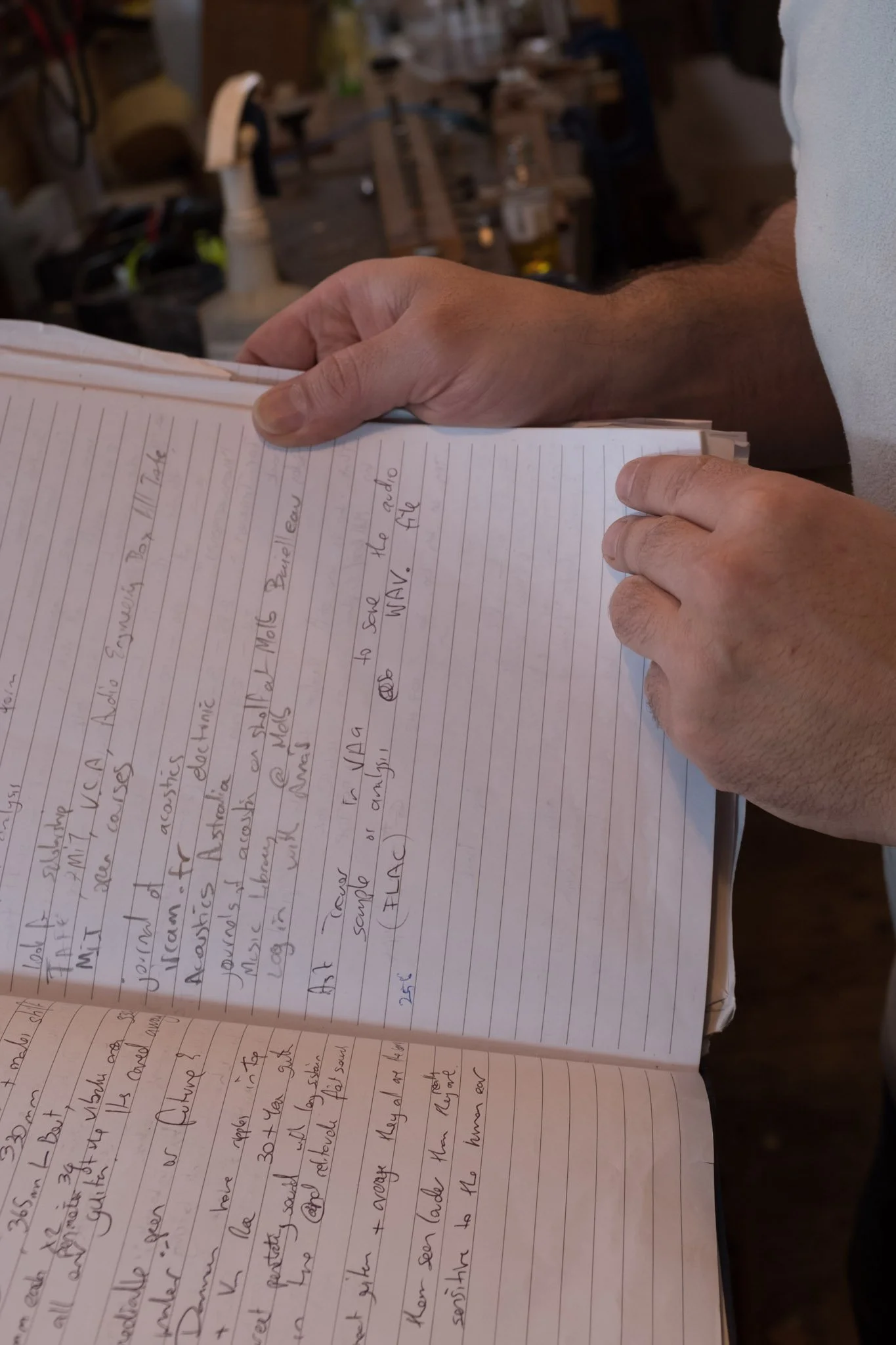
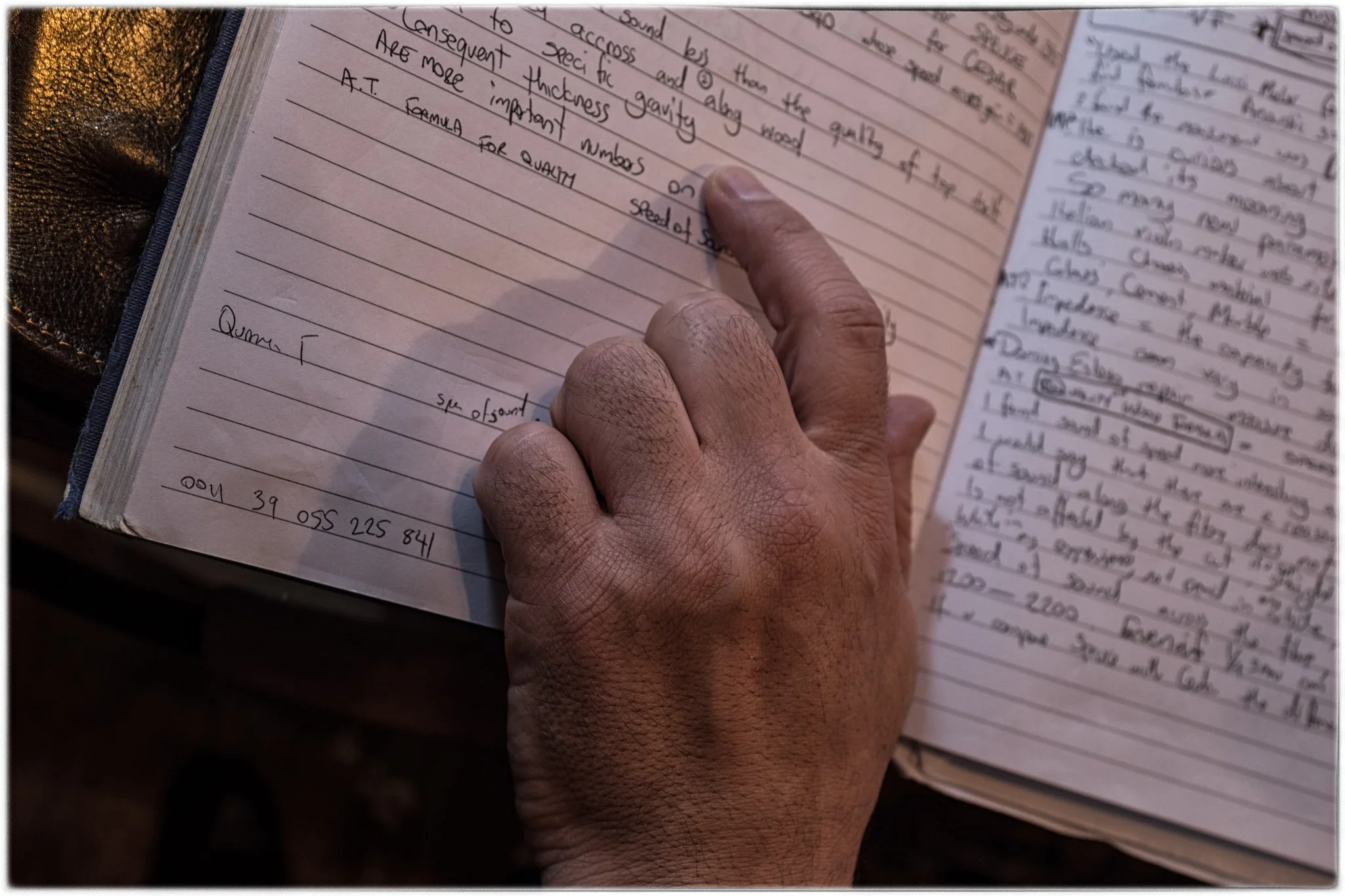

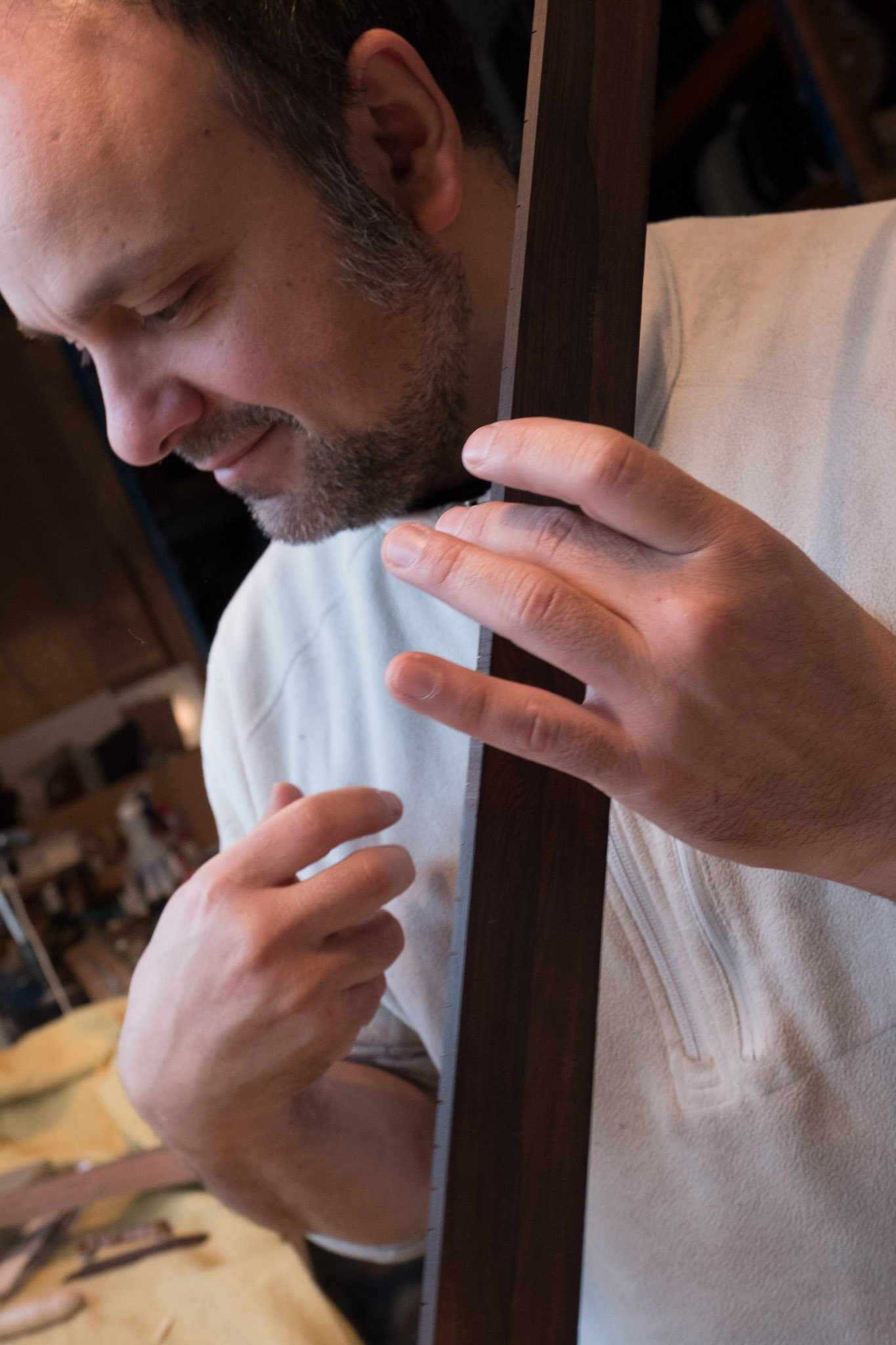
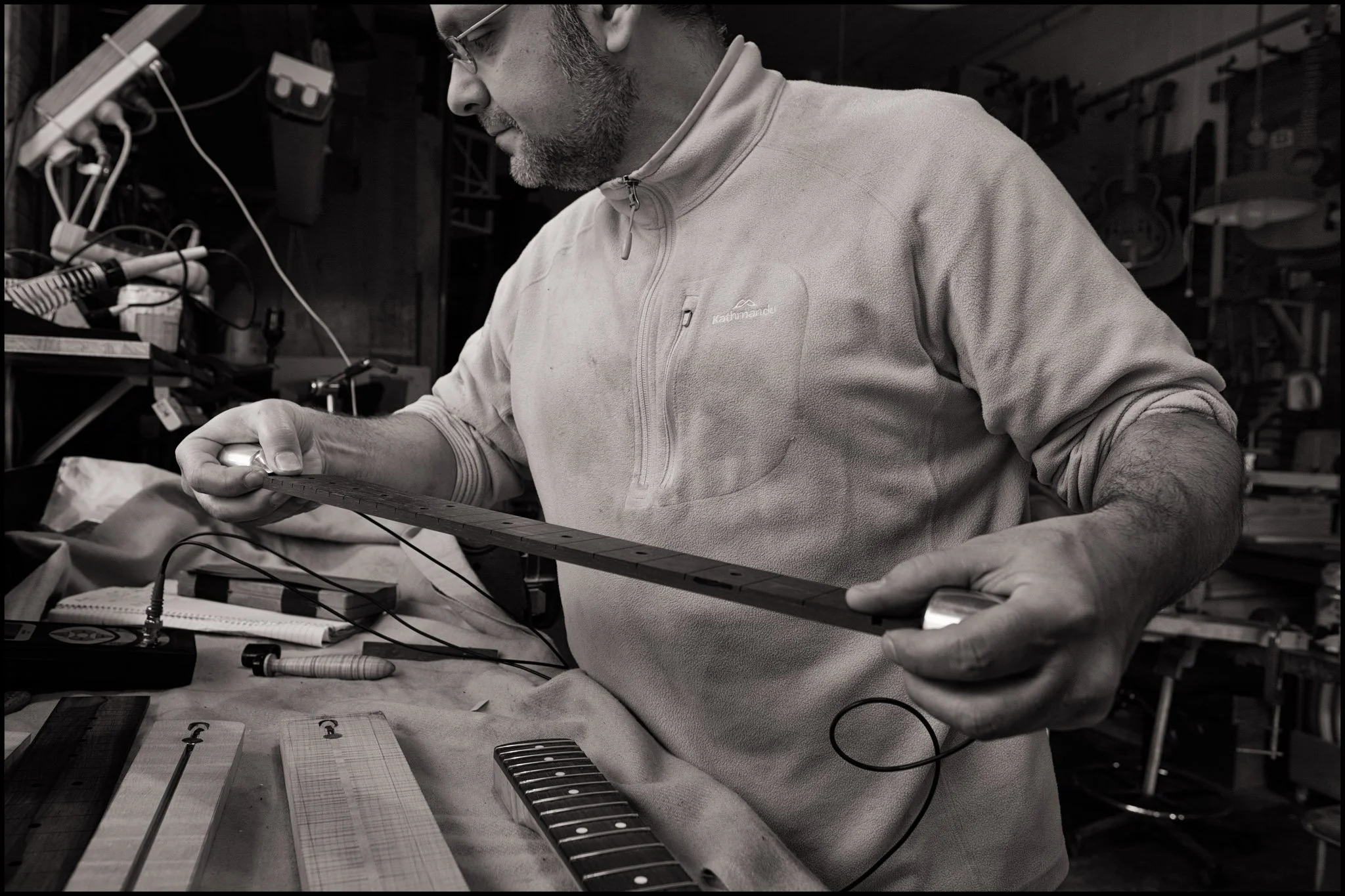




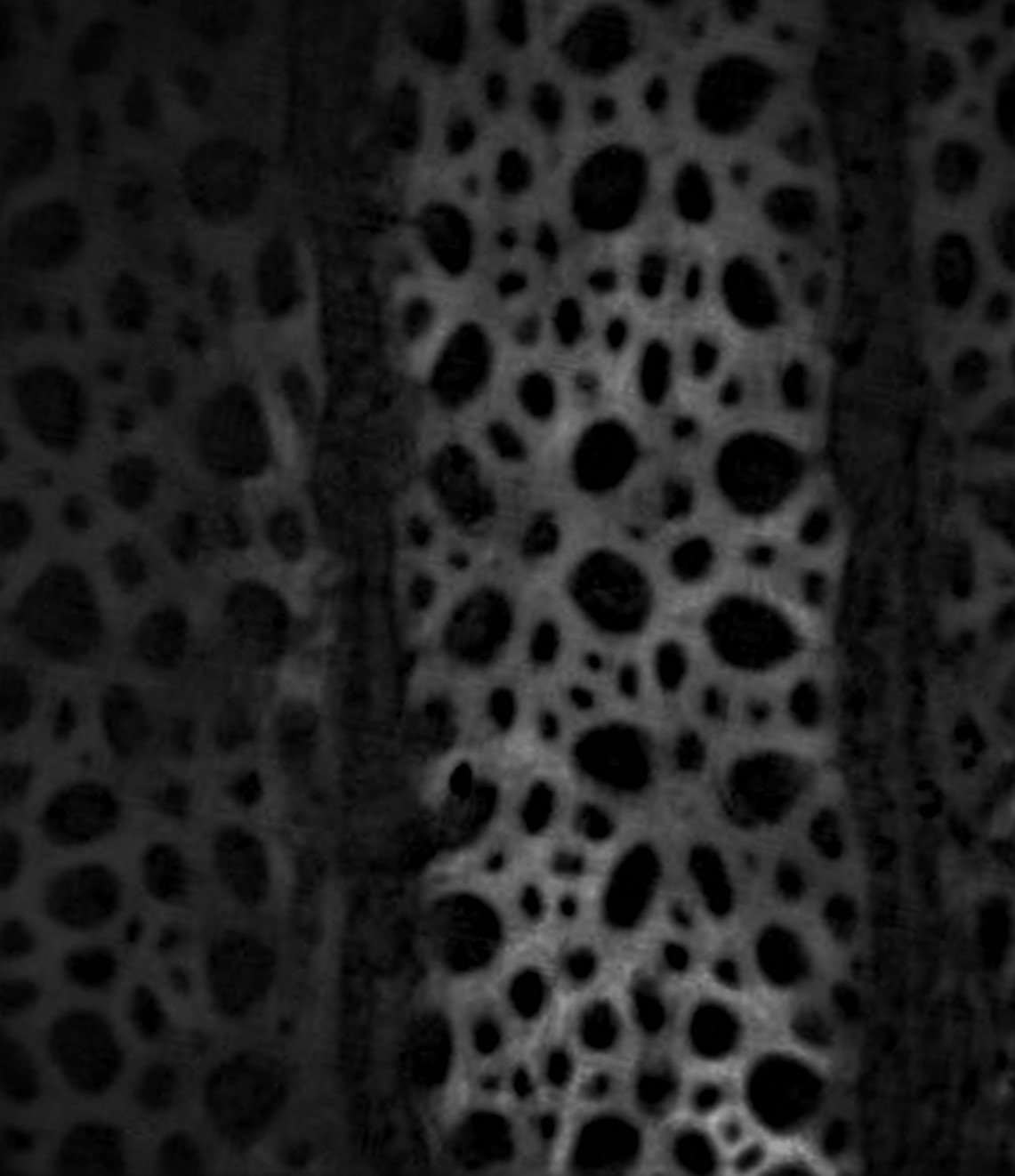
1960s Brazilian Rosewood - Silvi Scan X ray sample

Panneveggio Spruce - Silvi Scan X ray sample

Recycled Australian Red Cedar - Silvi Scan X ray sample


